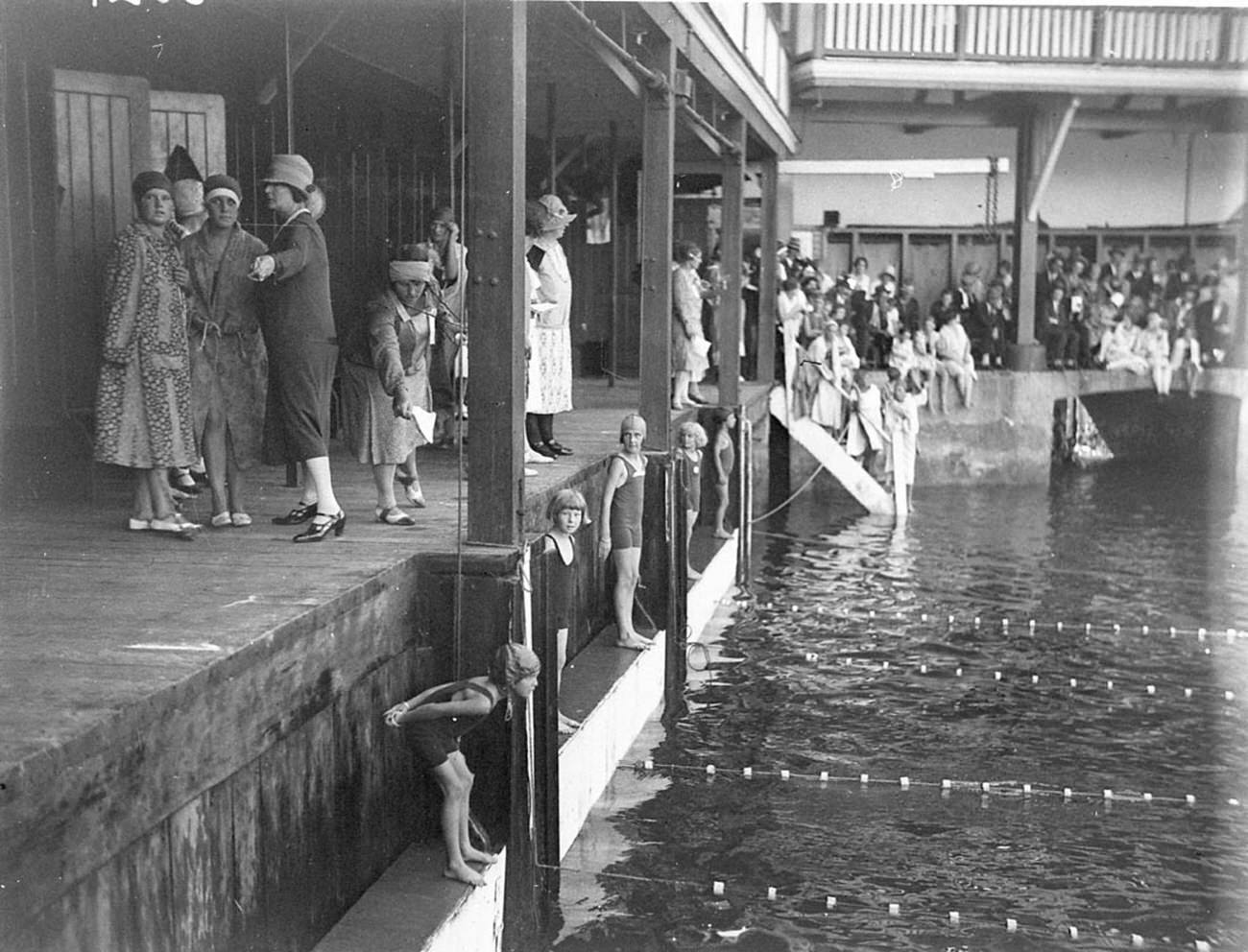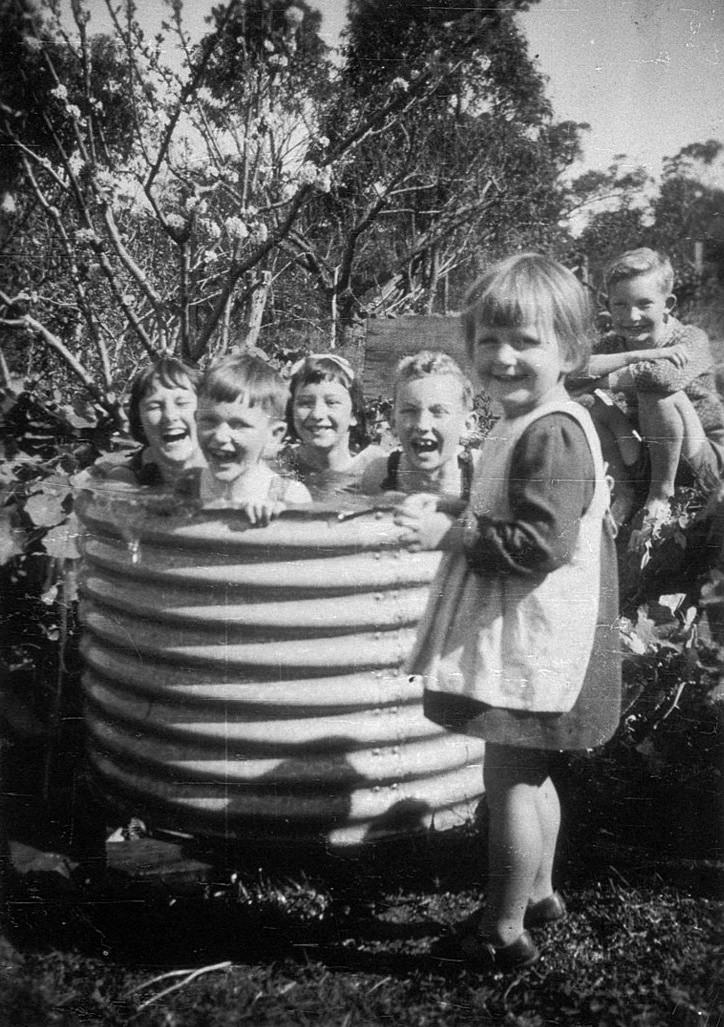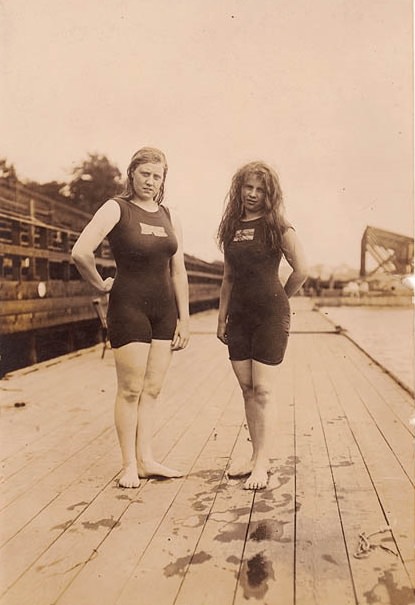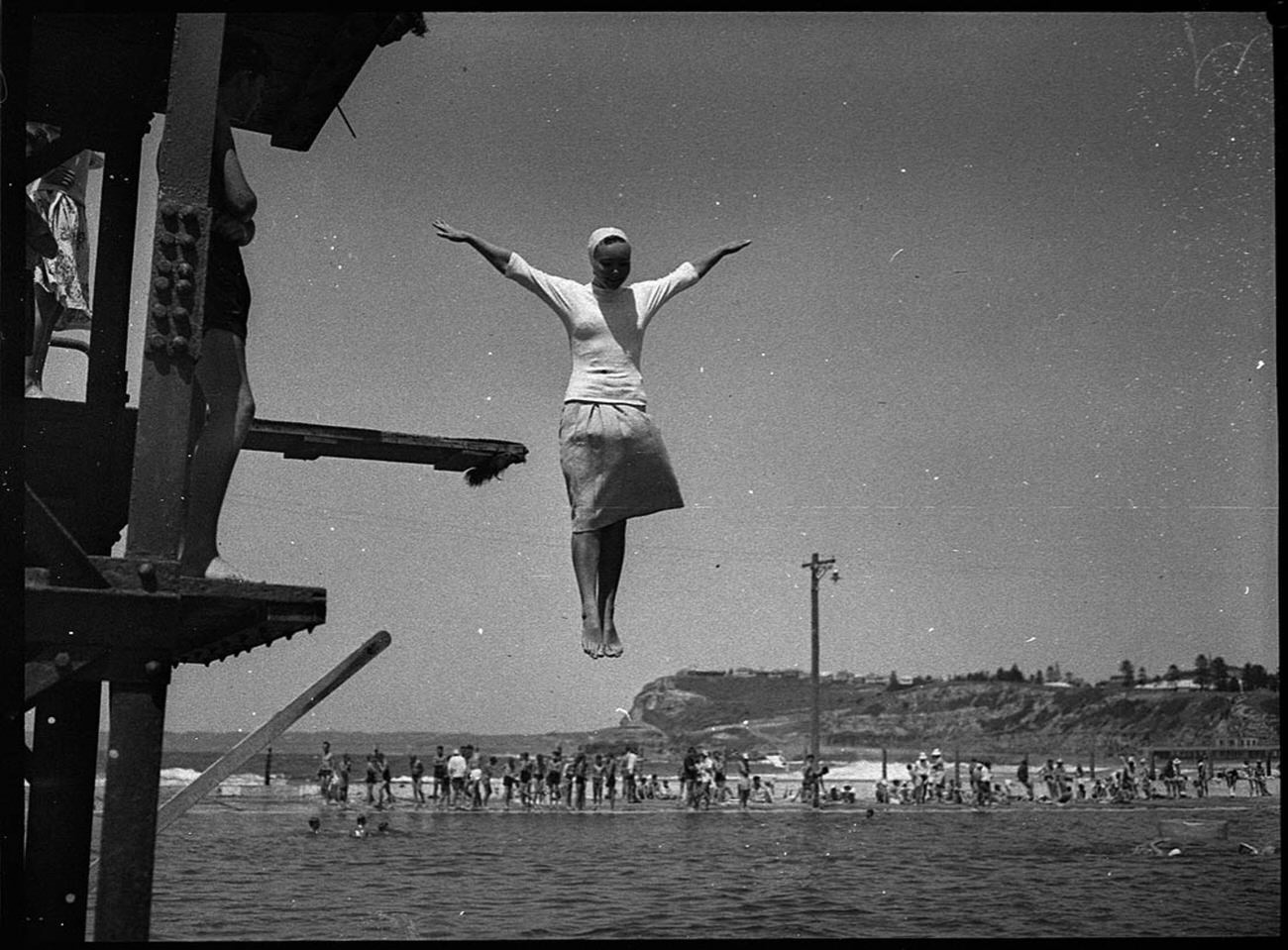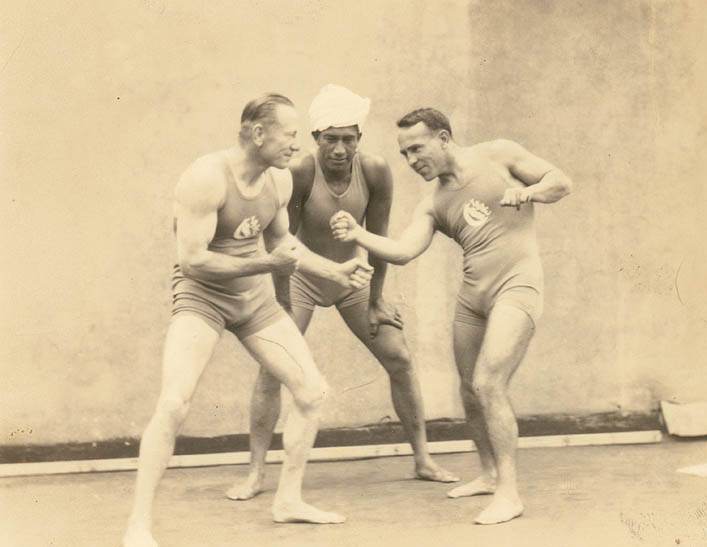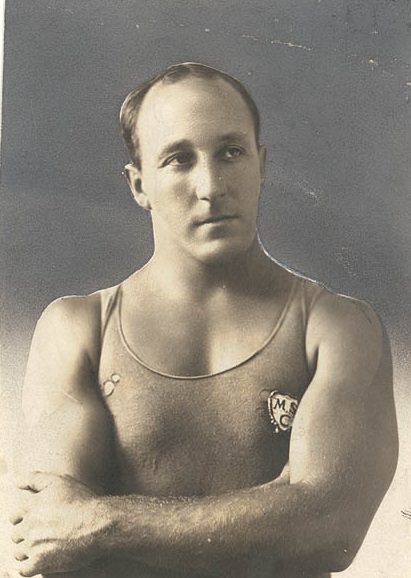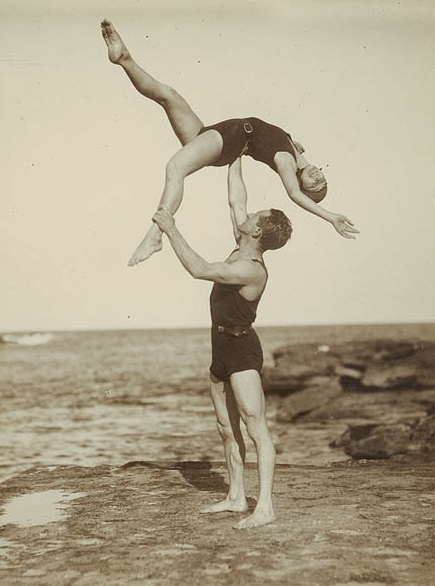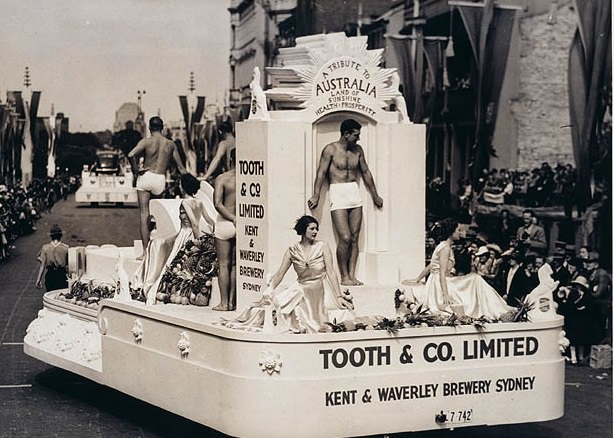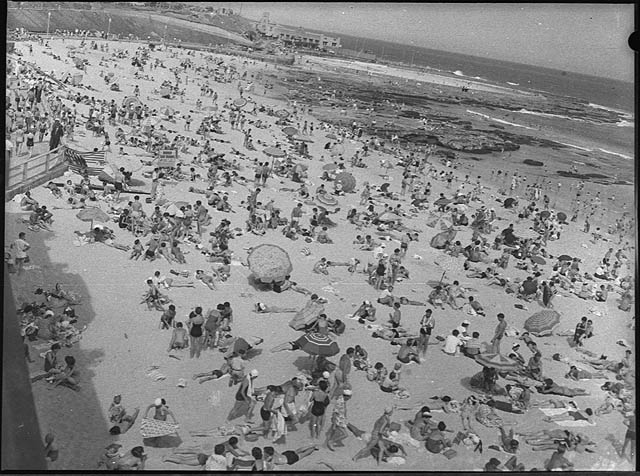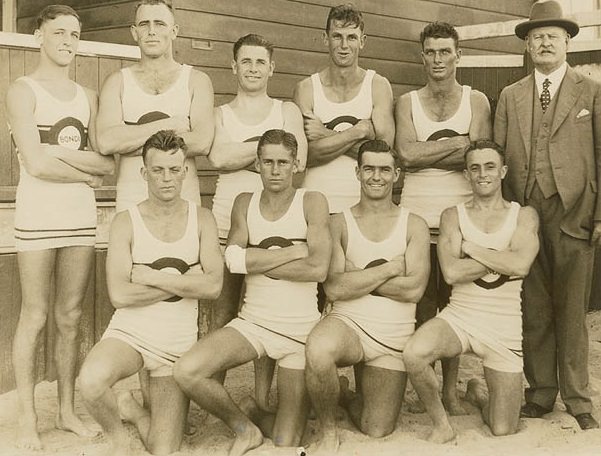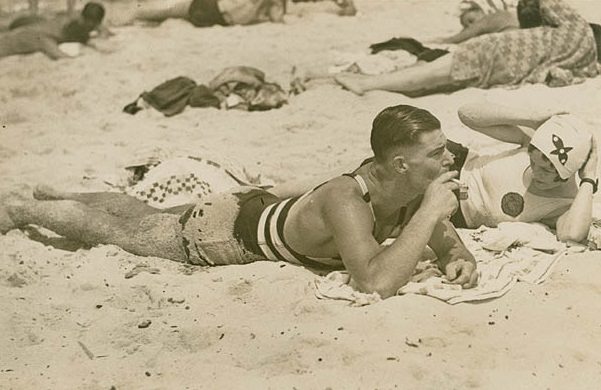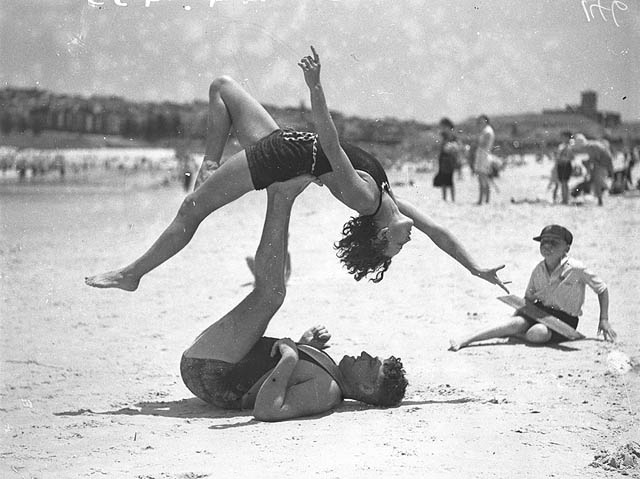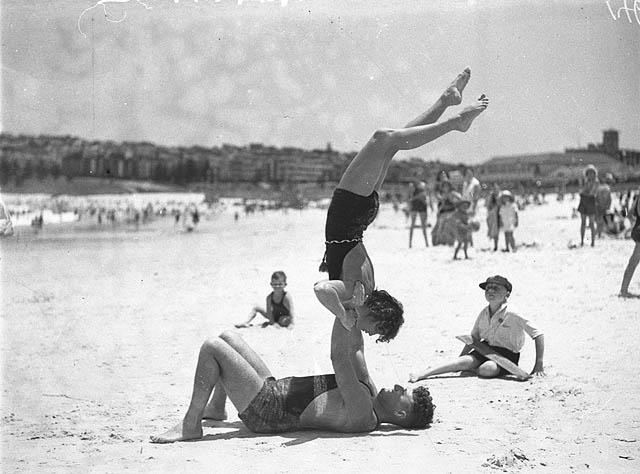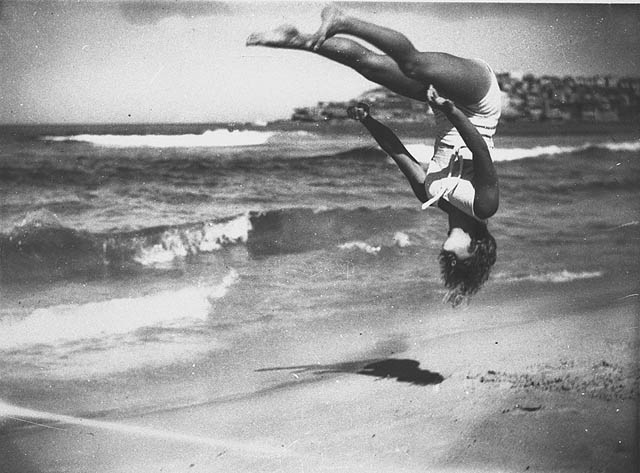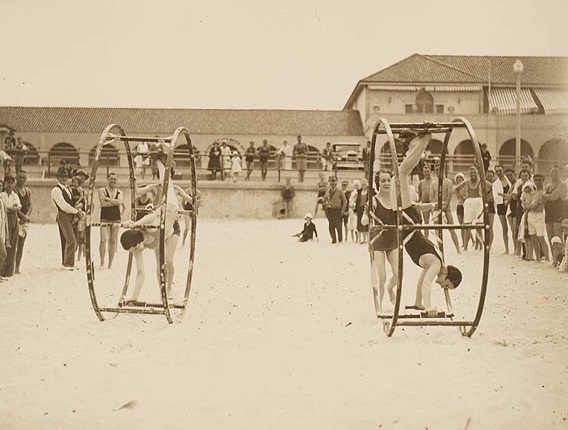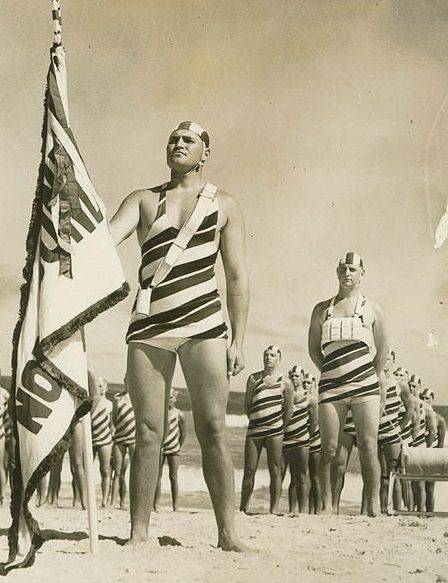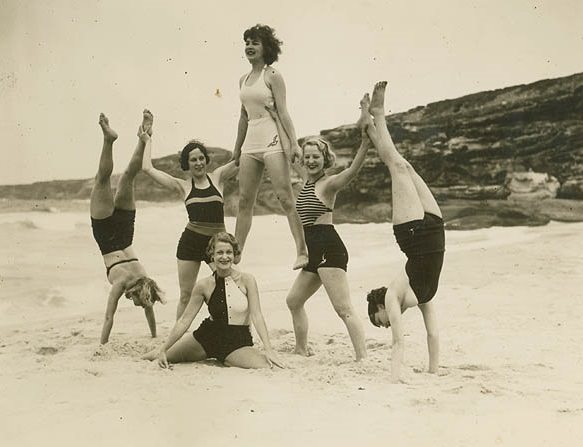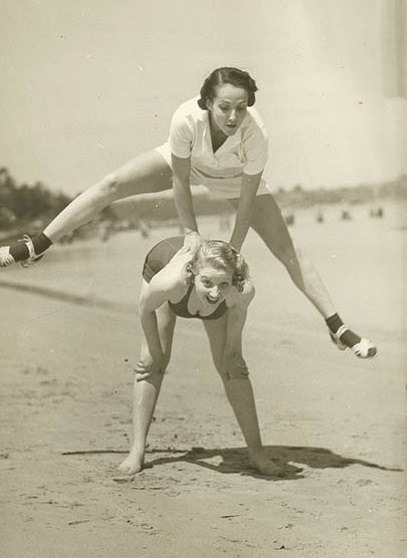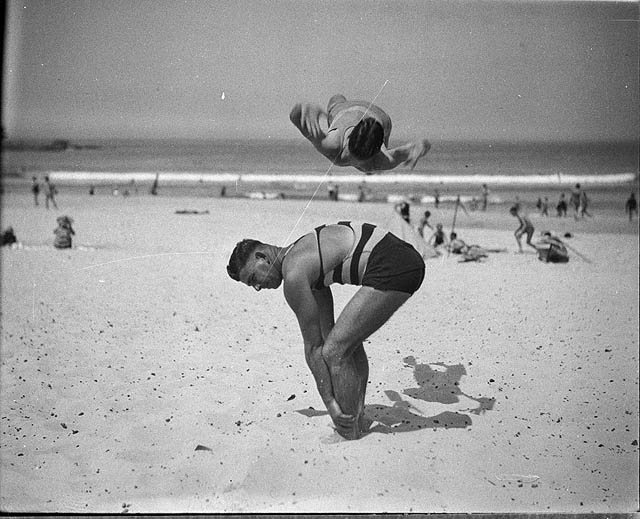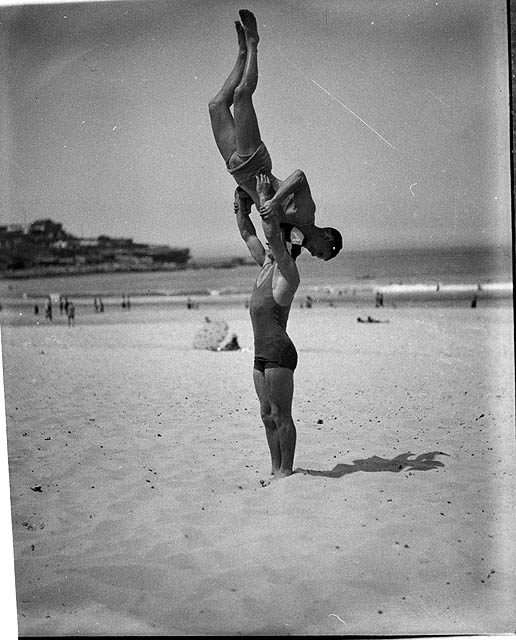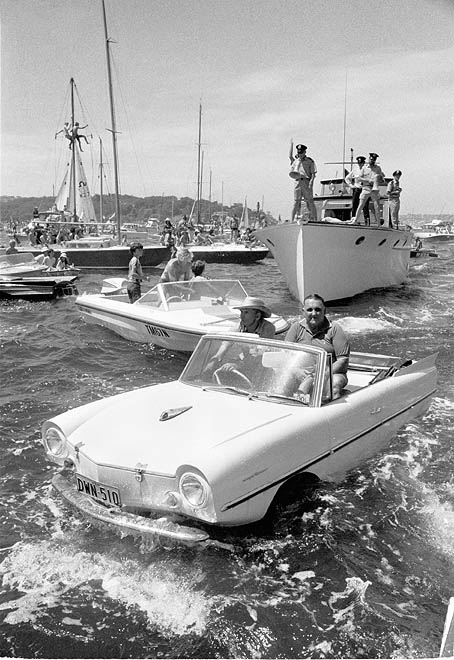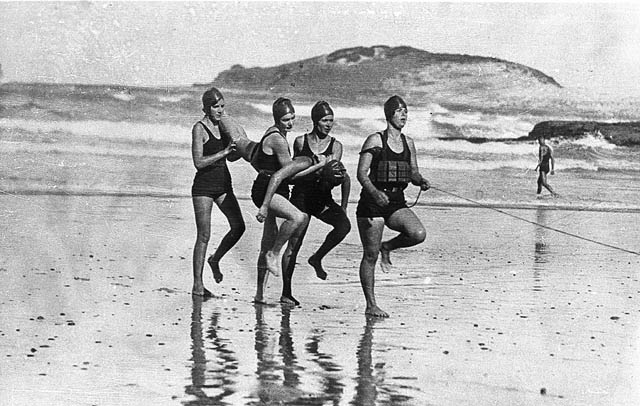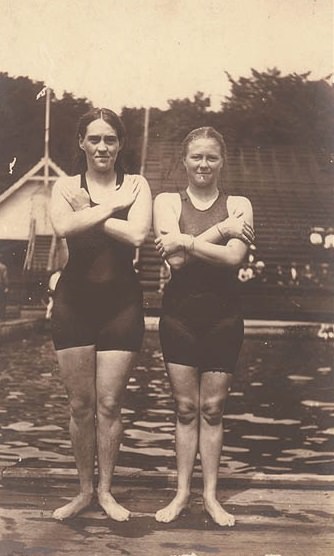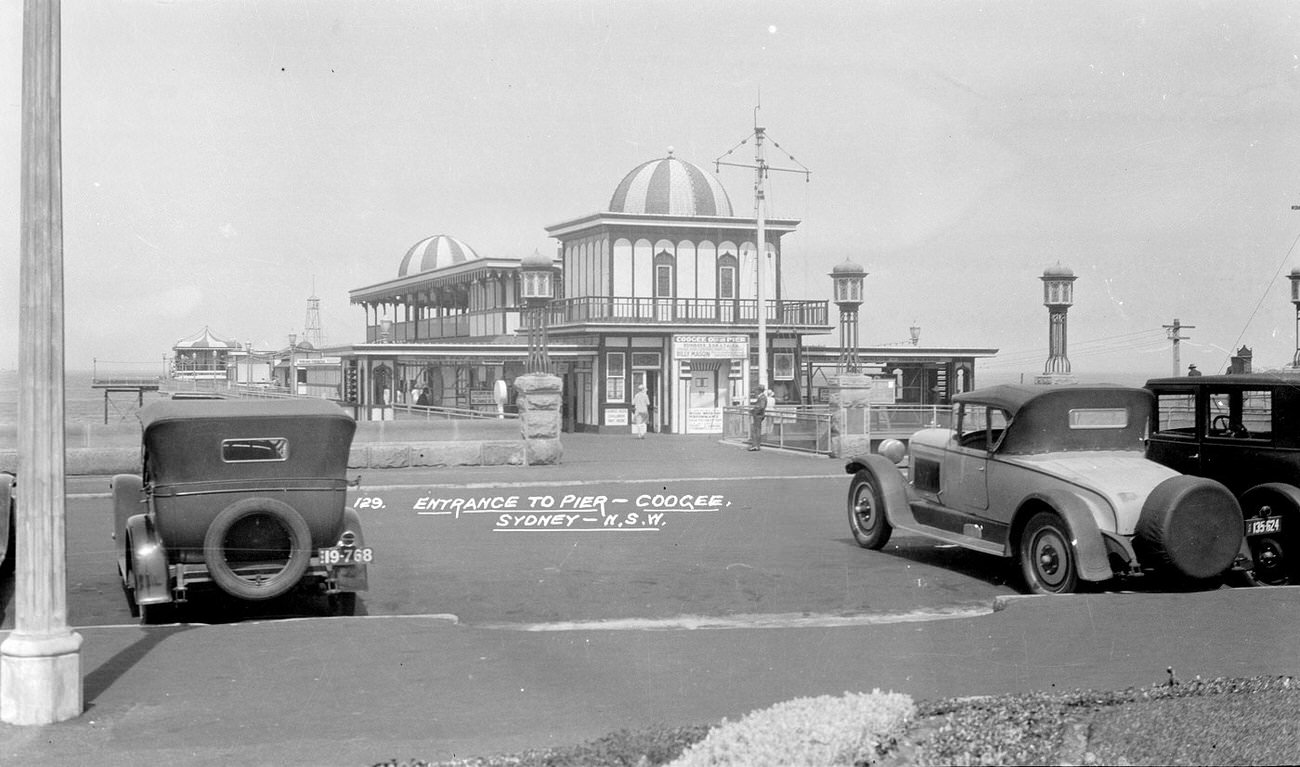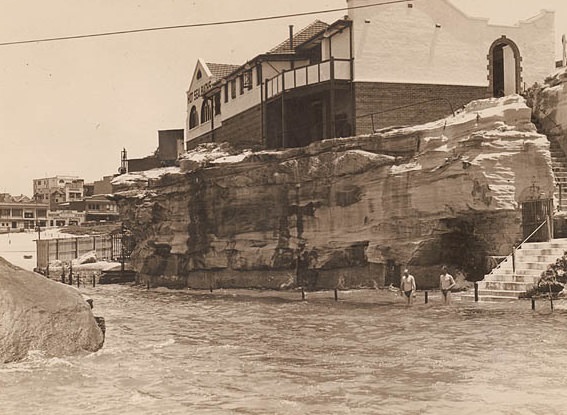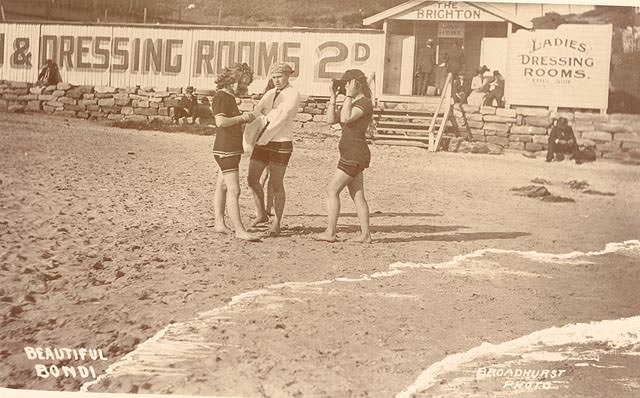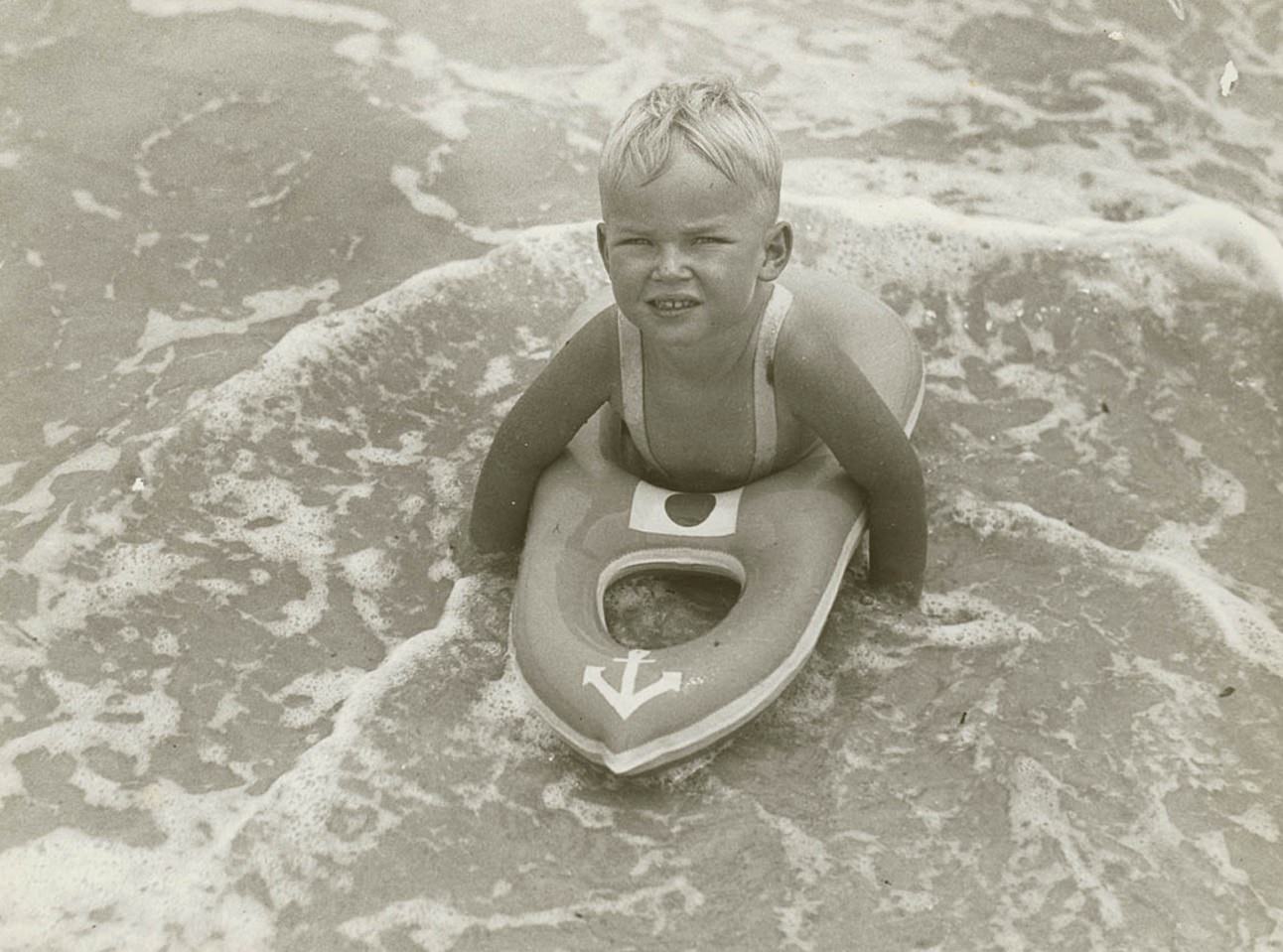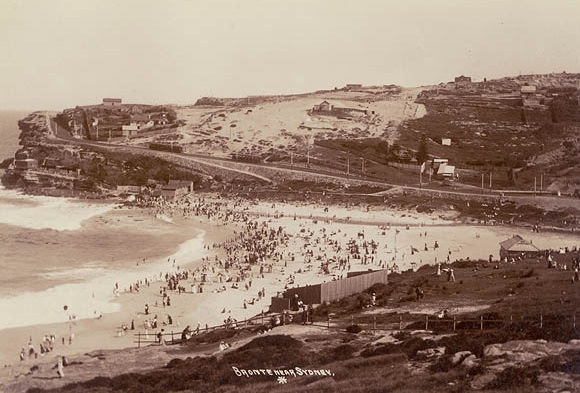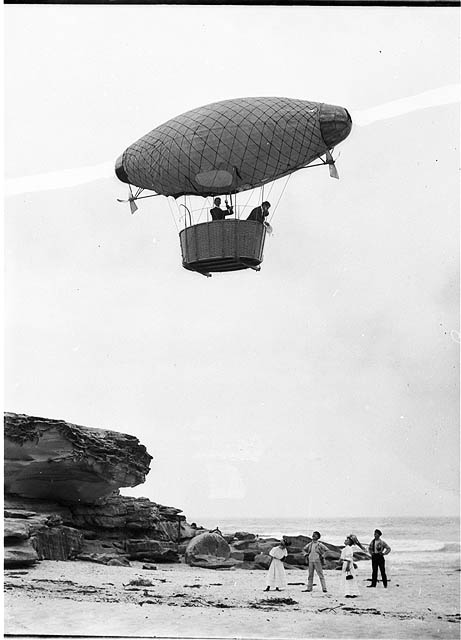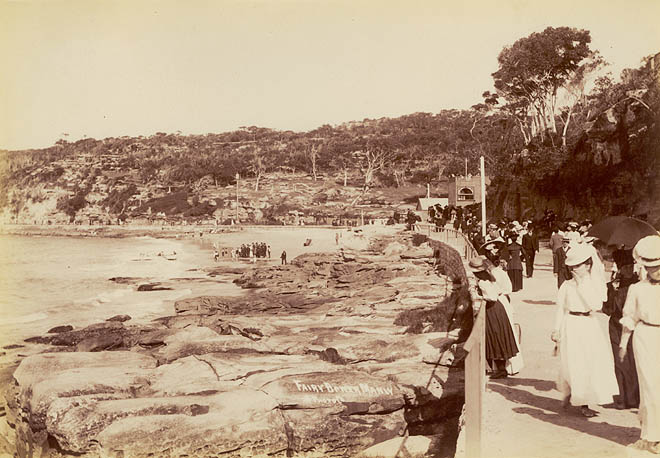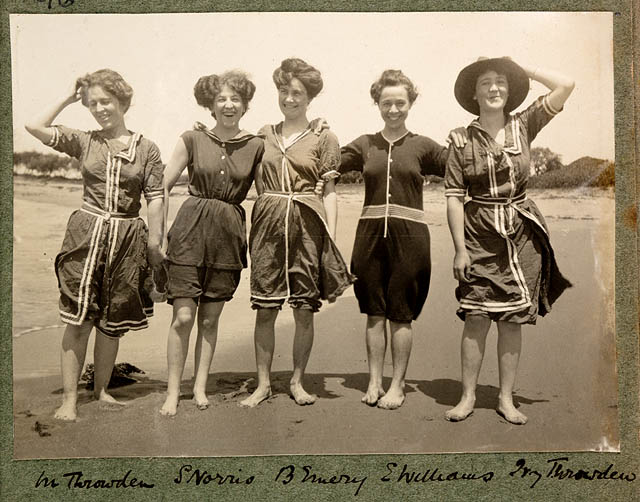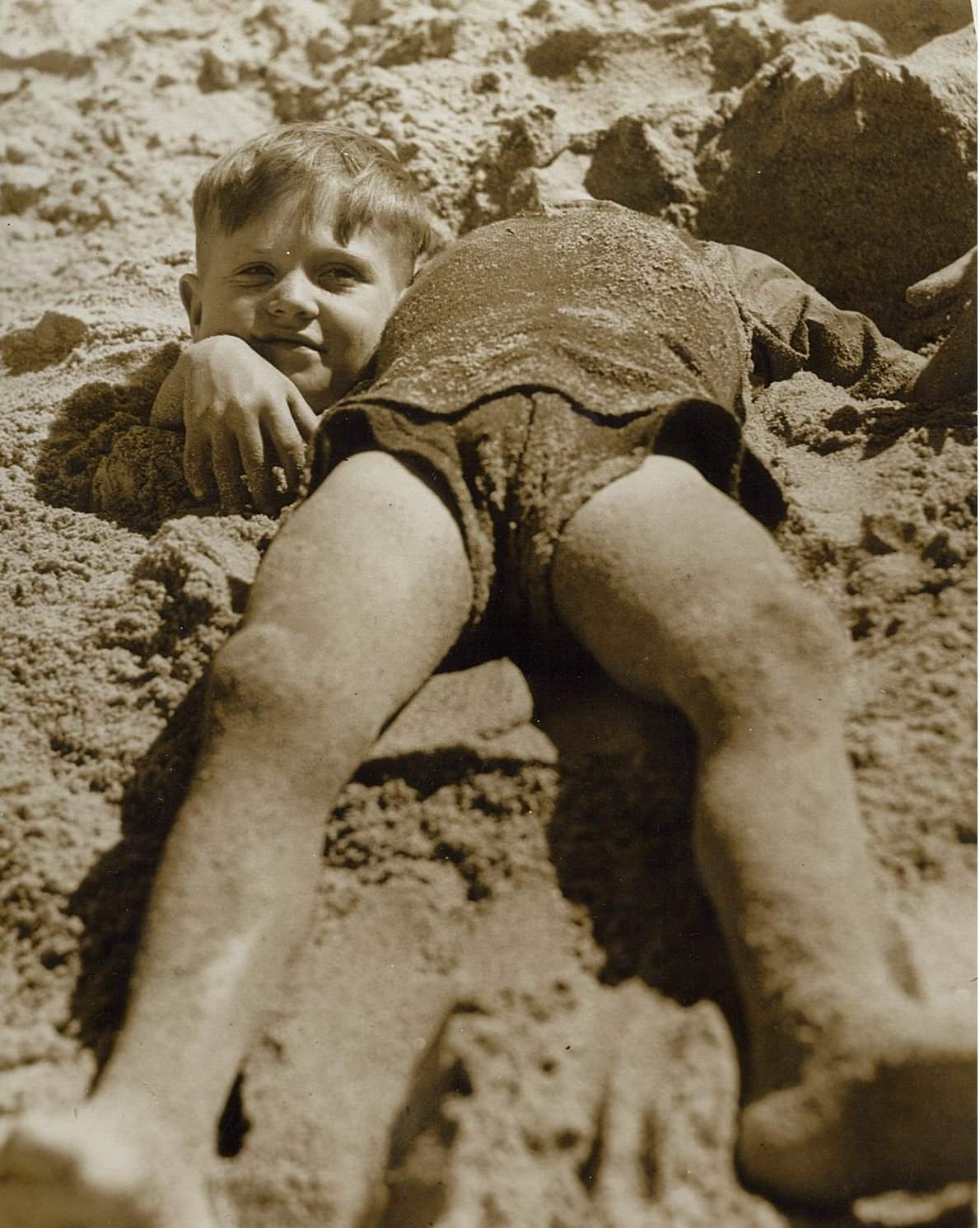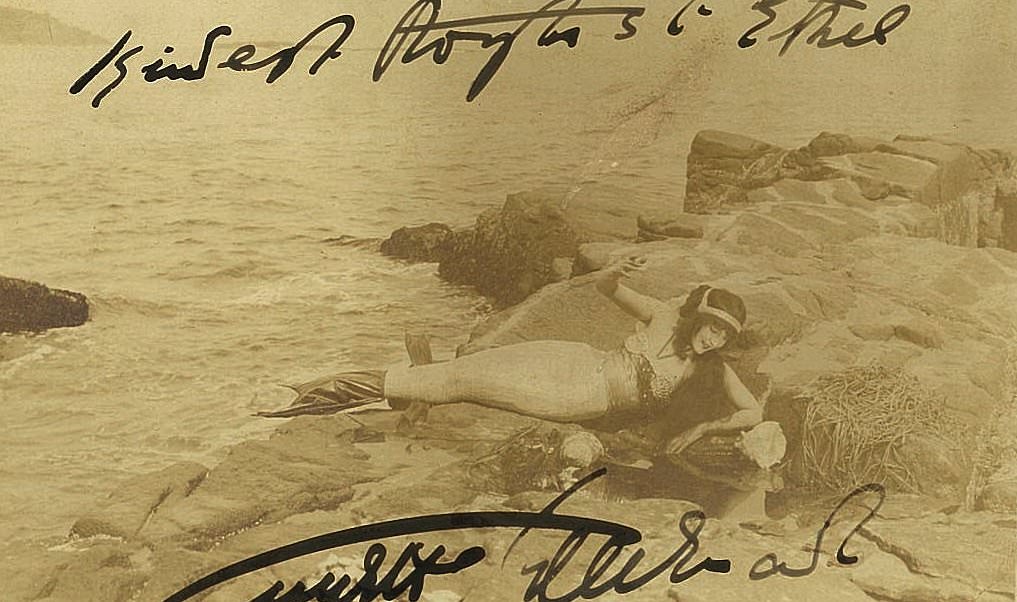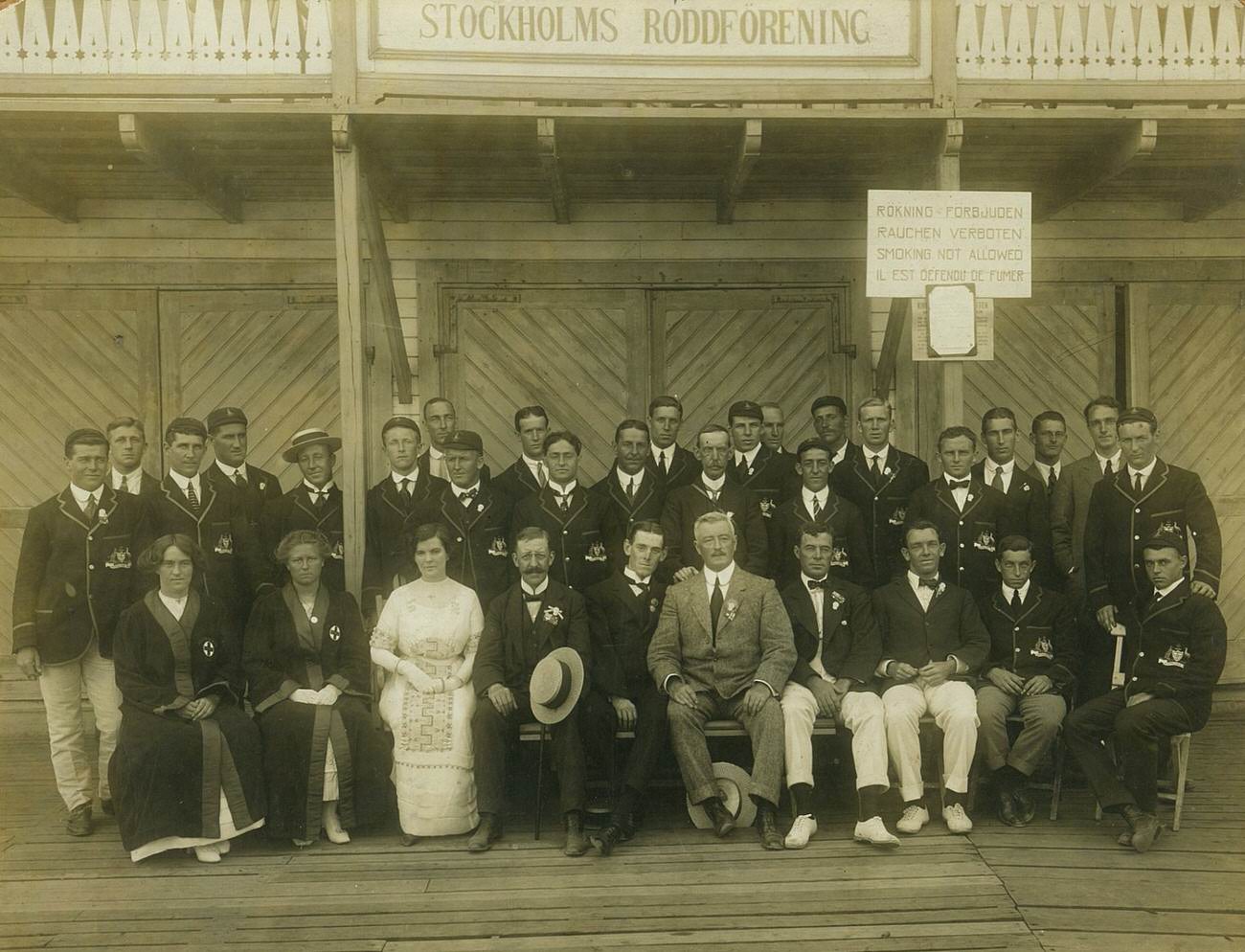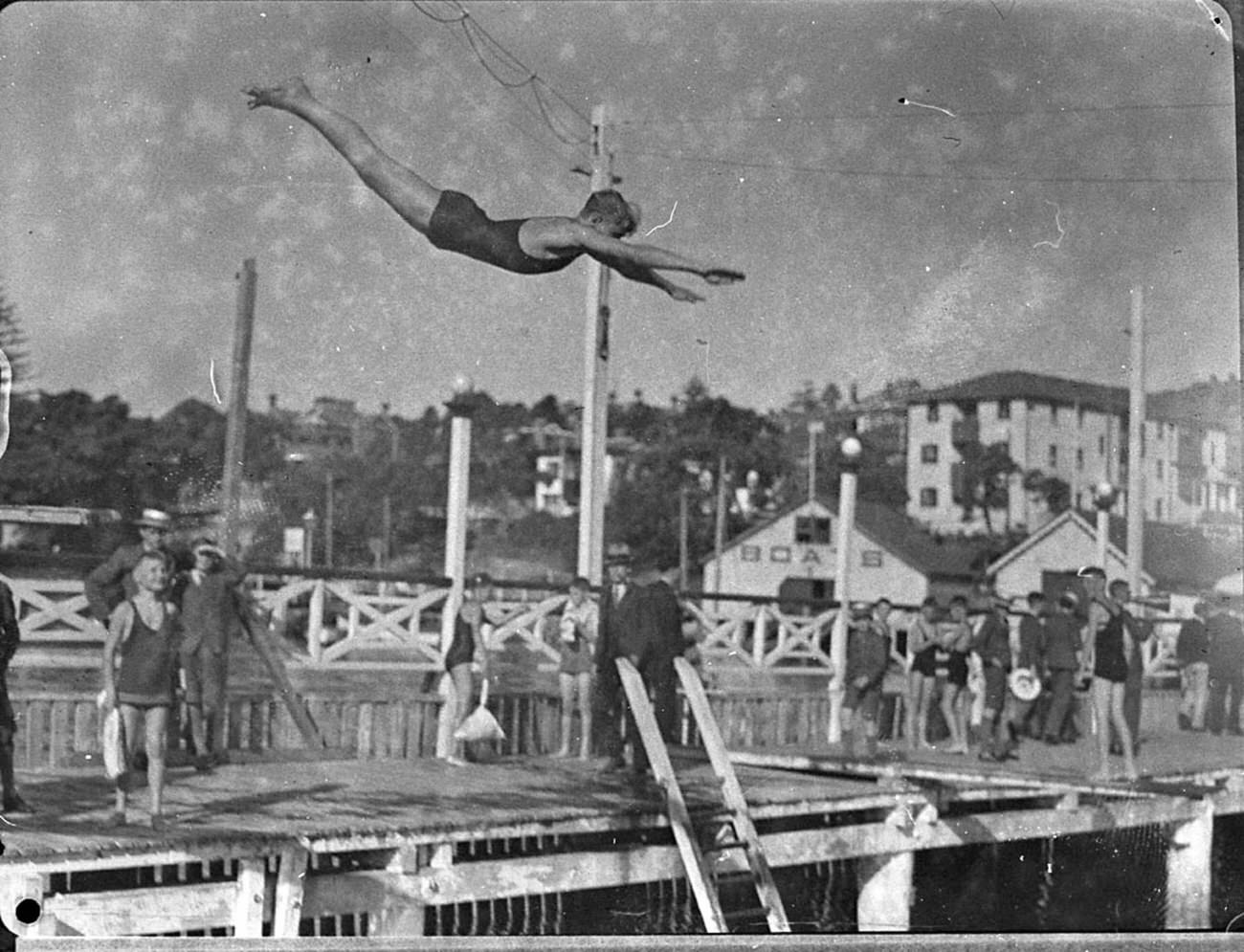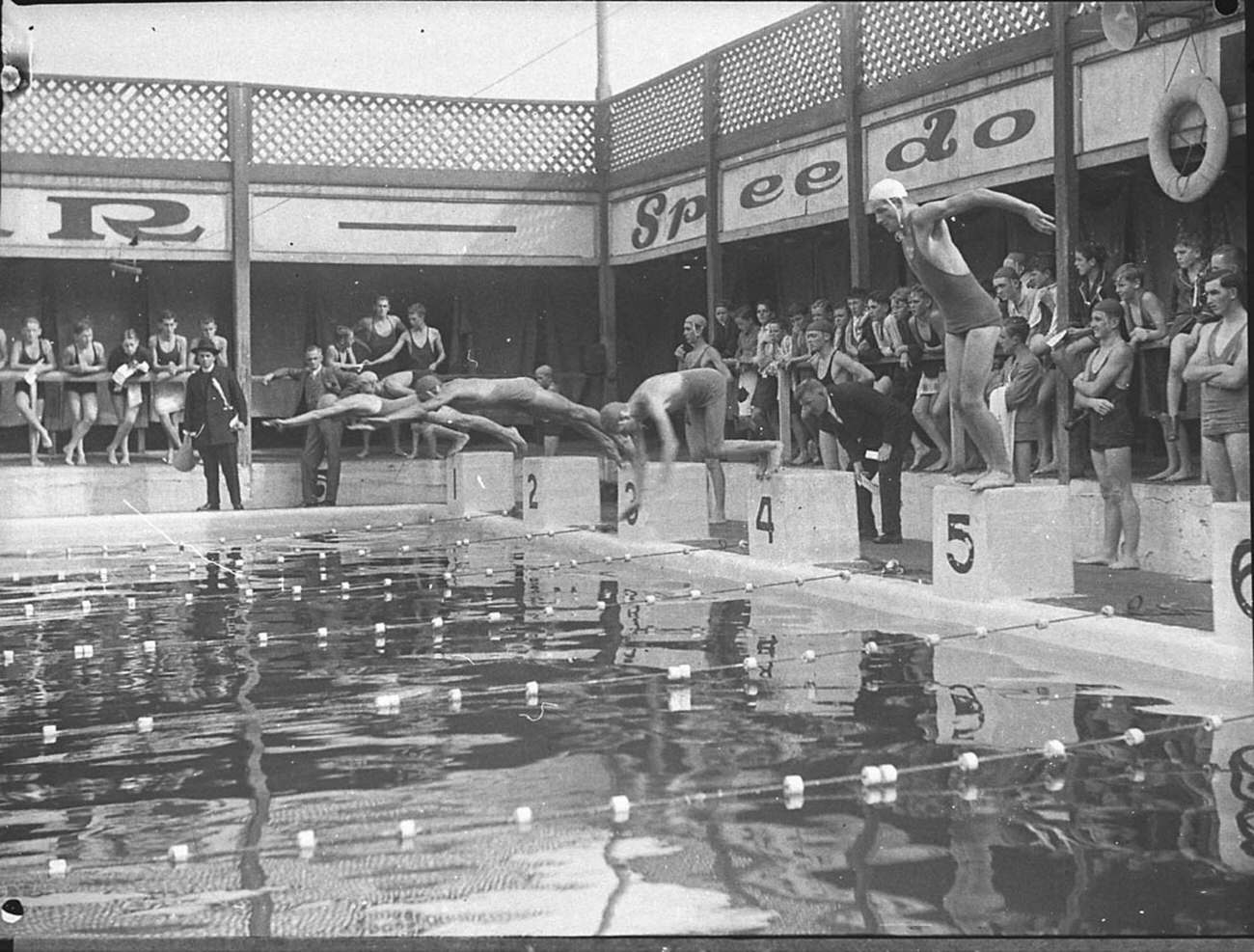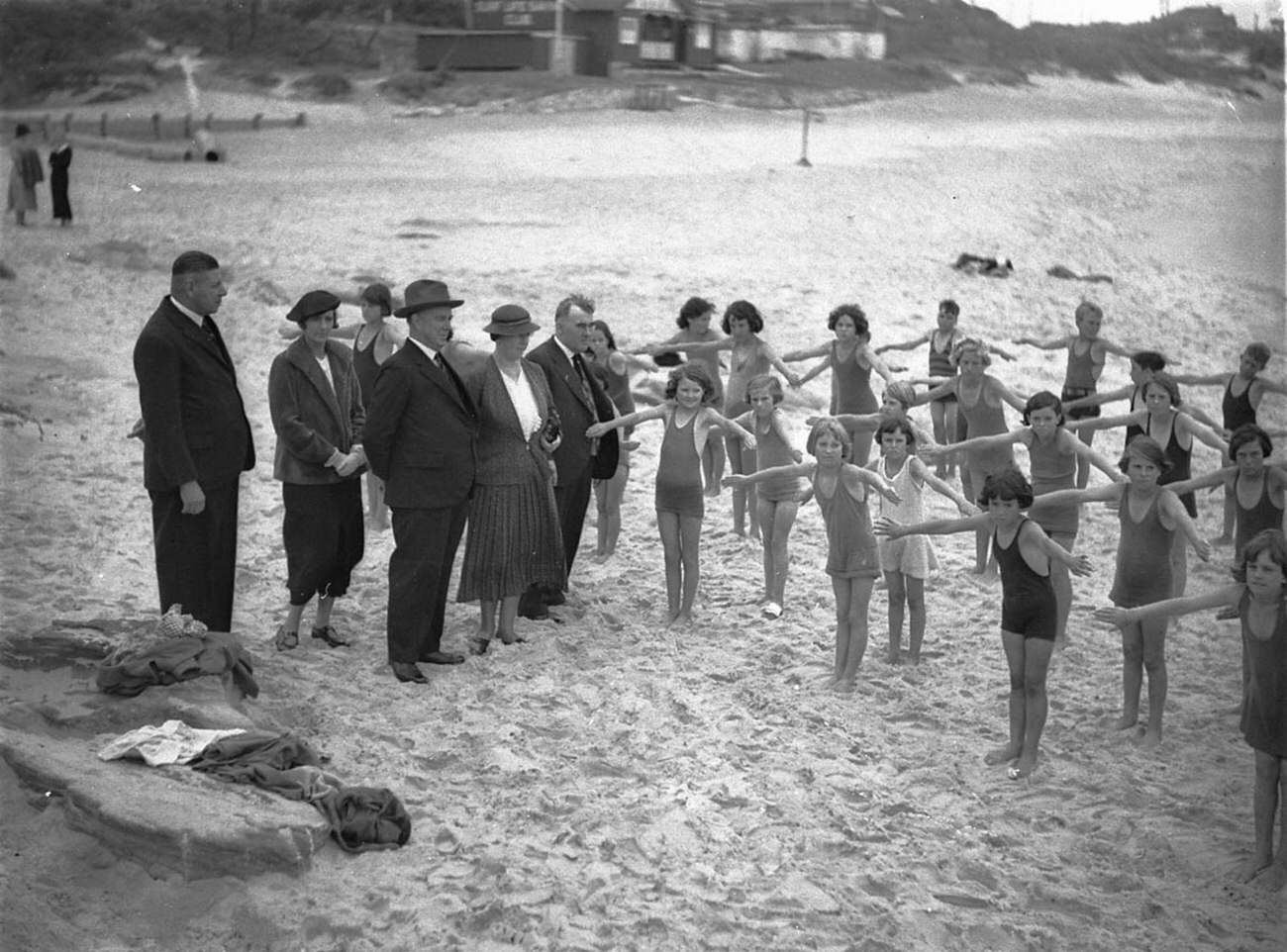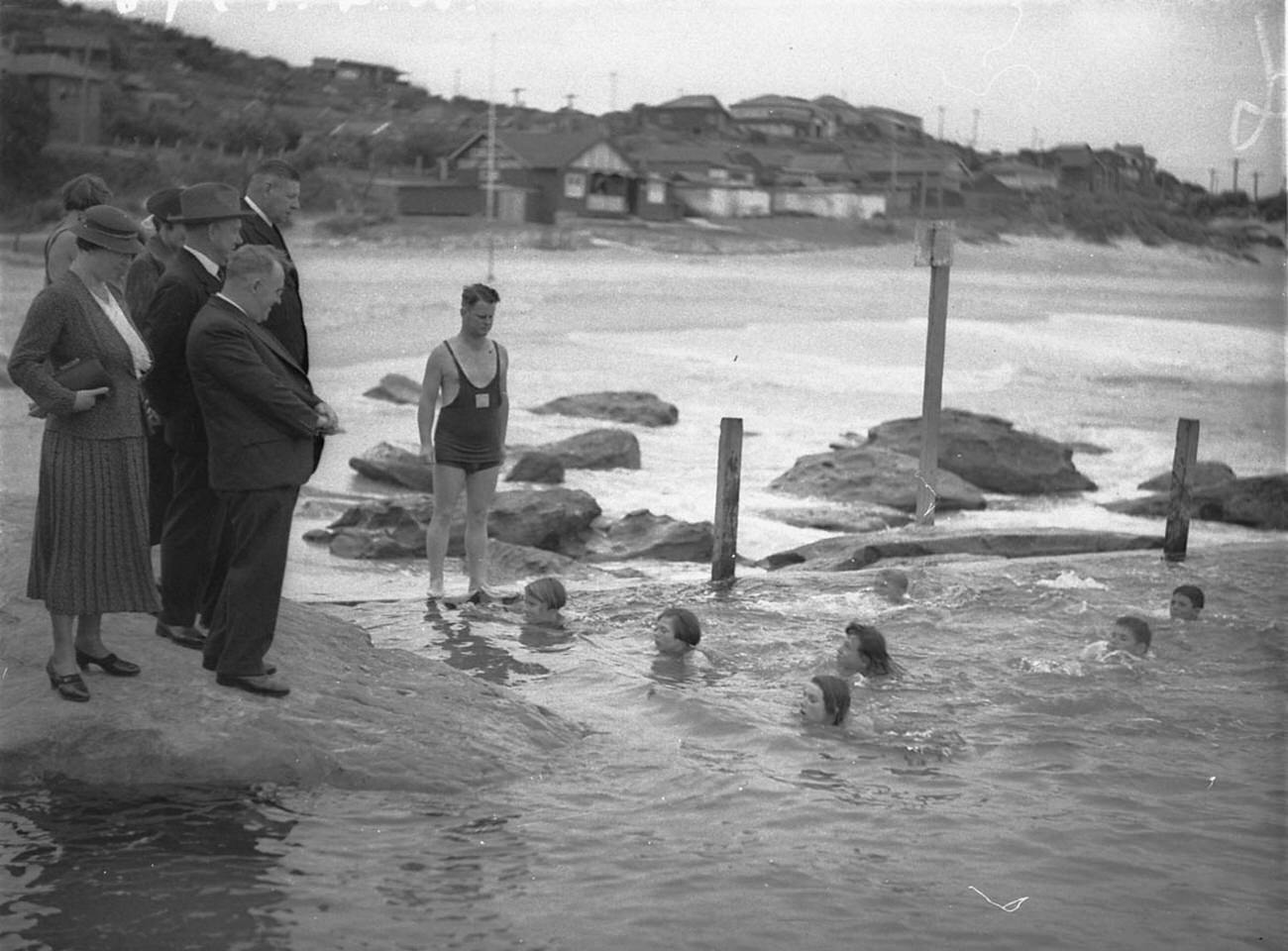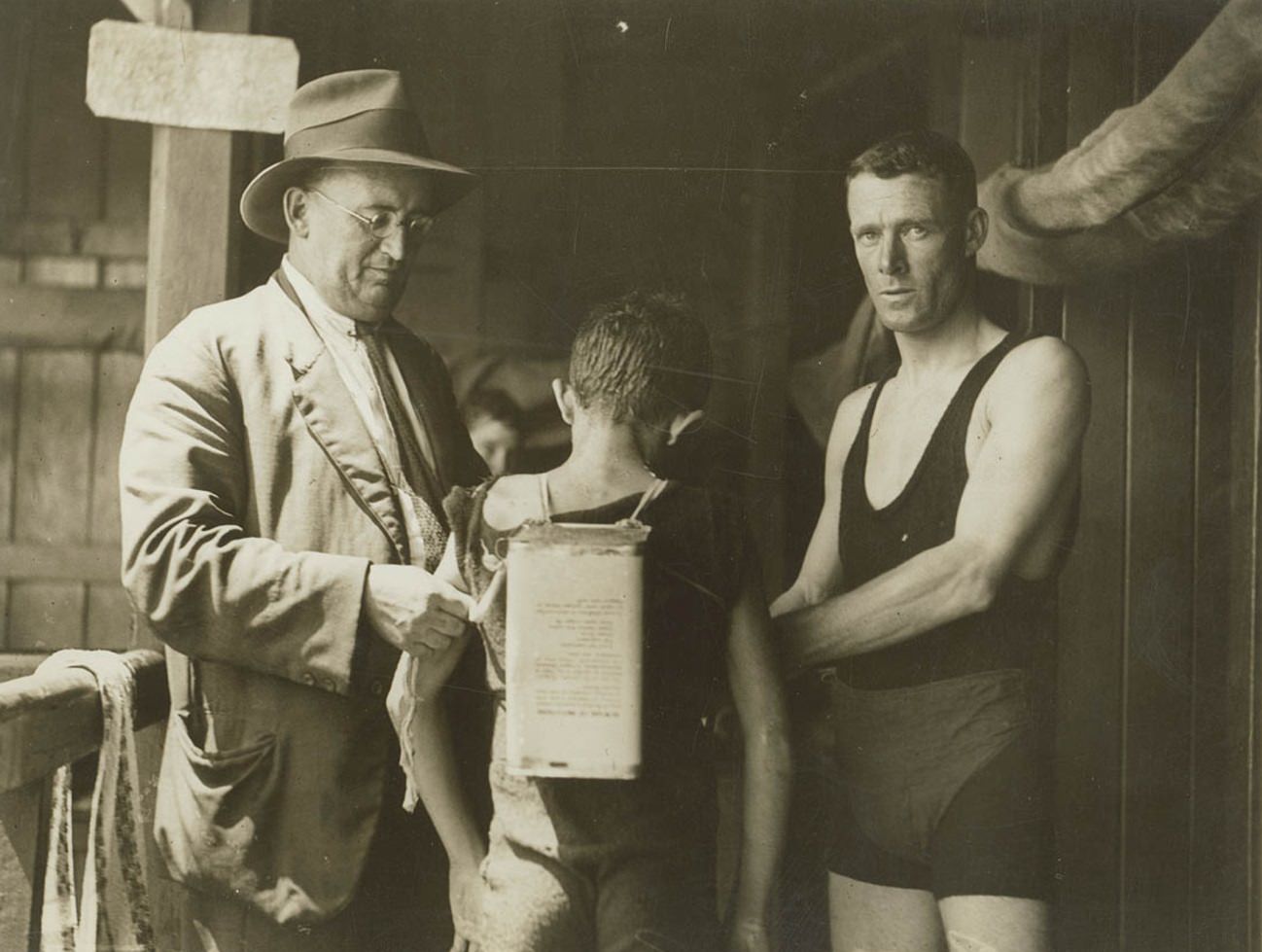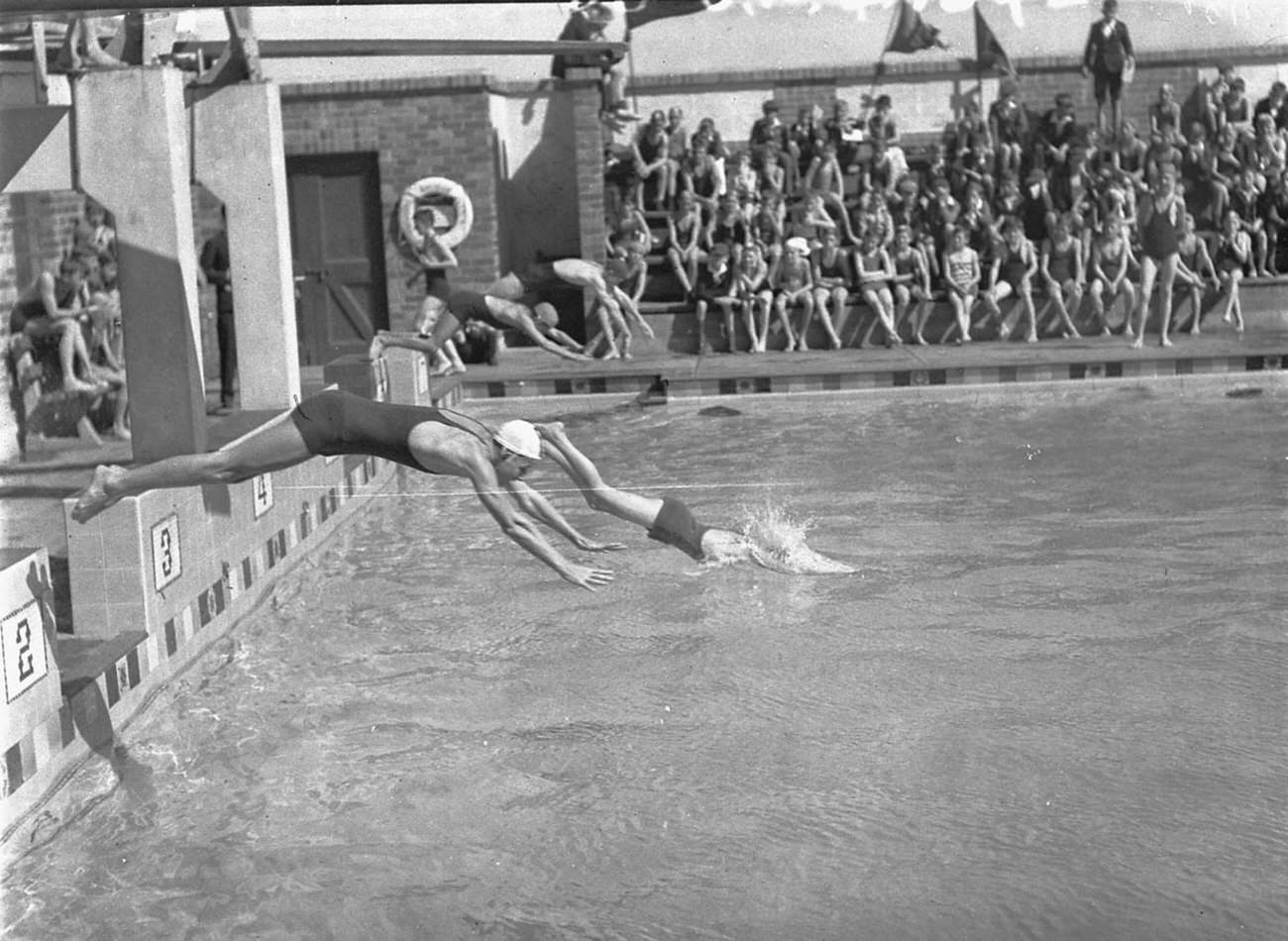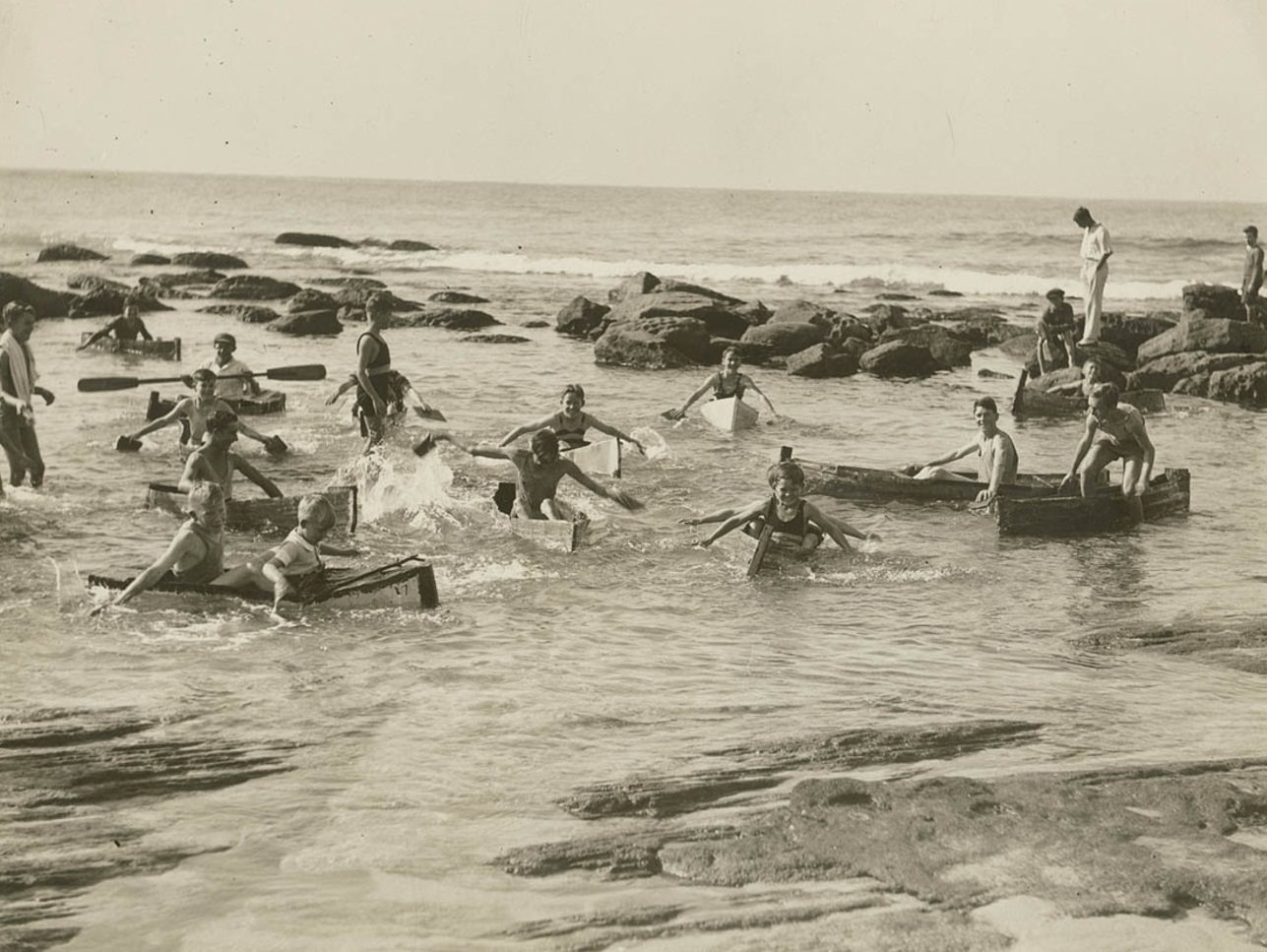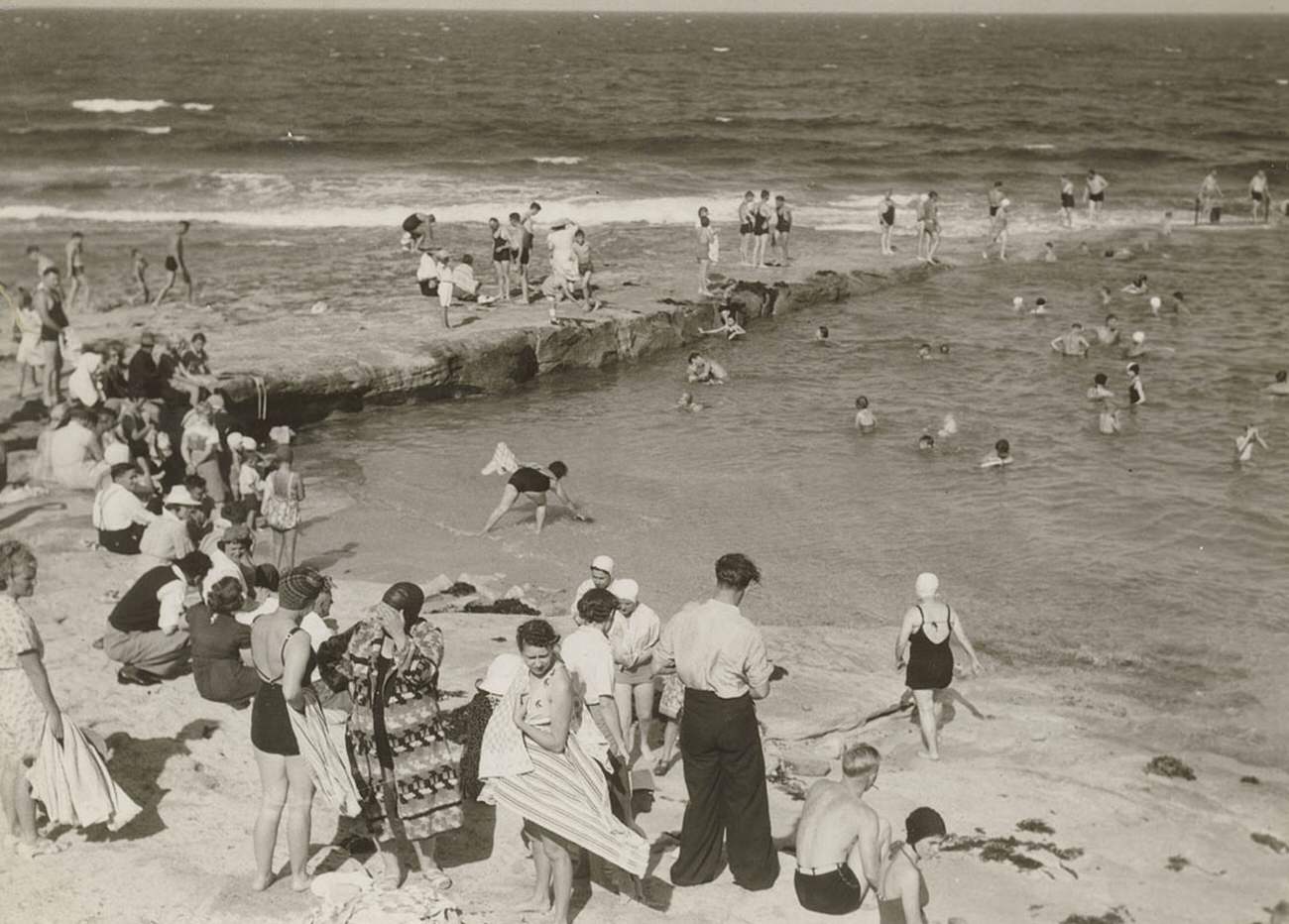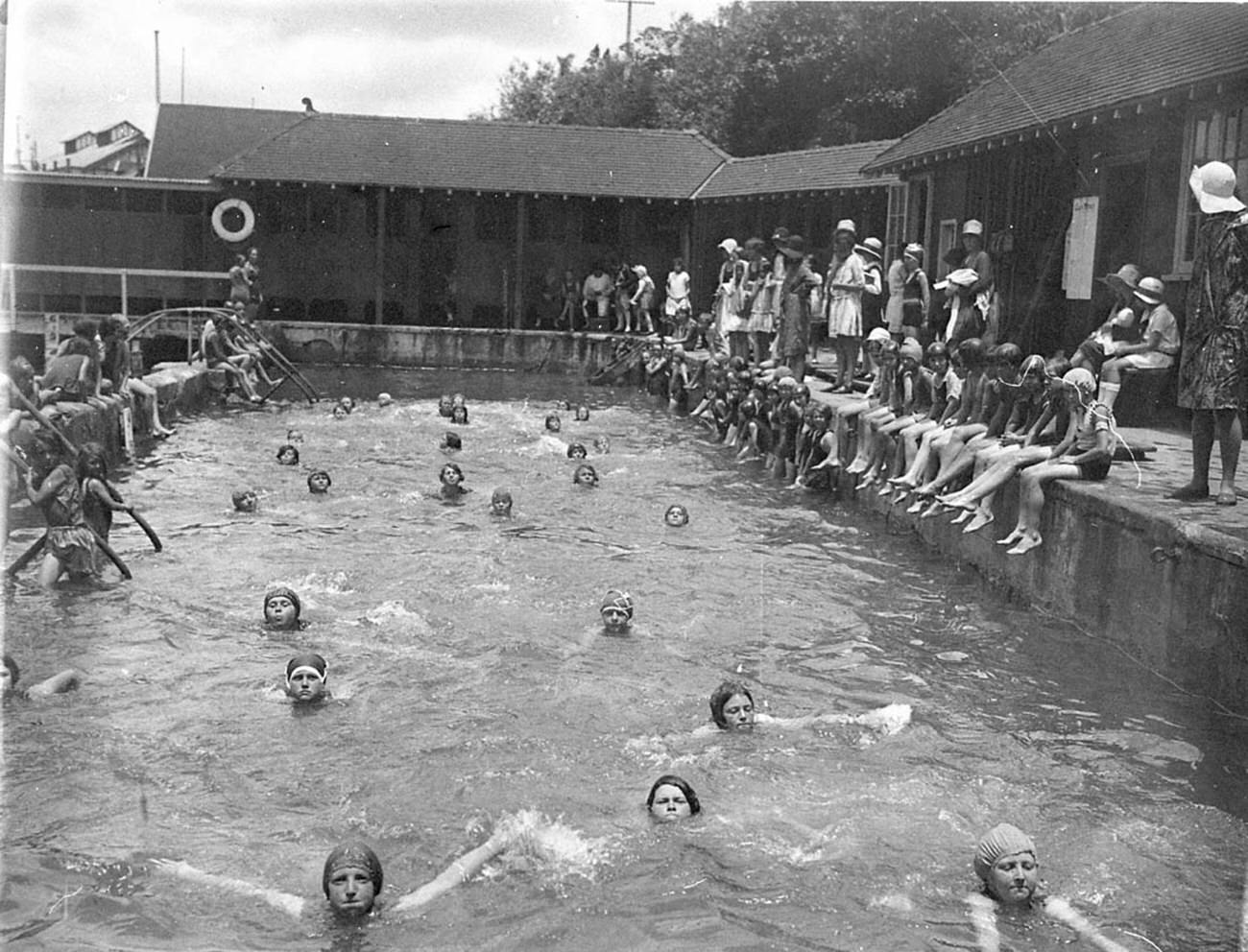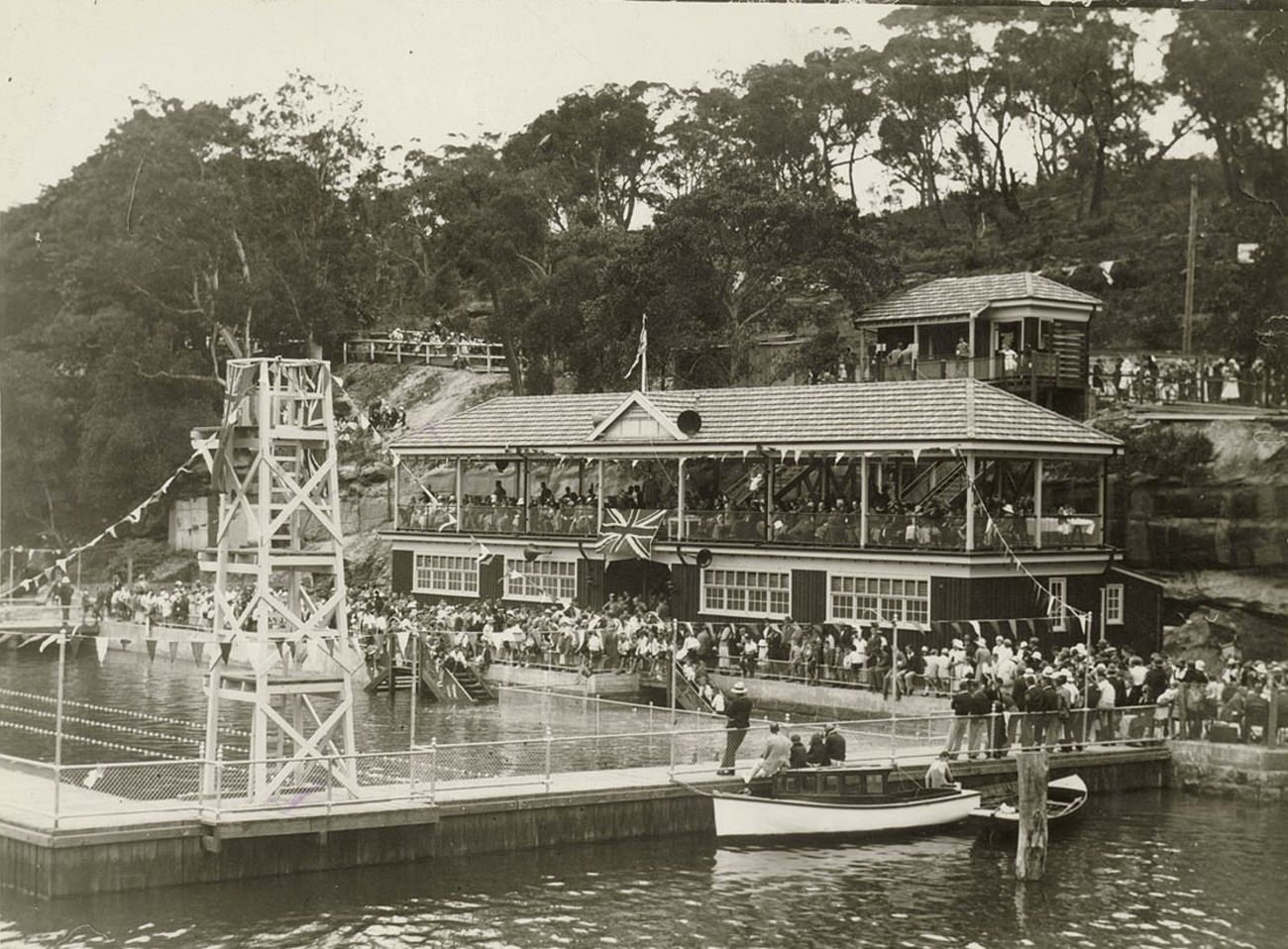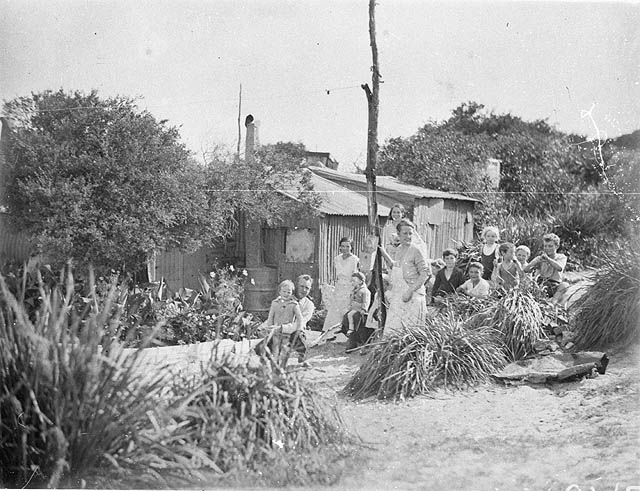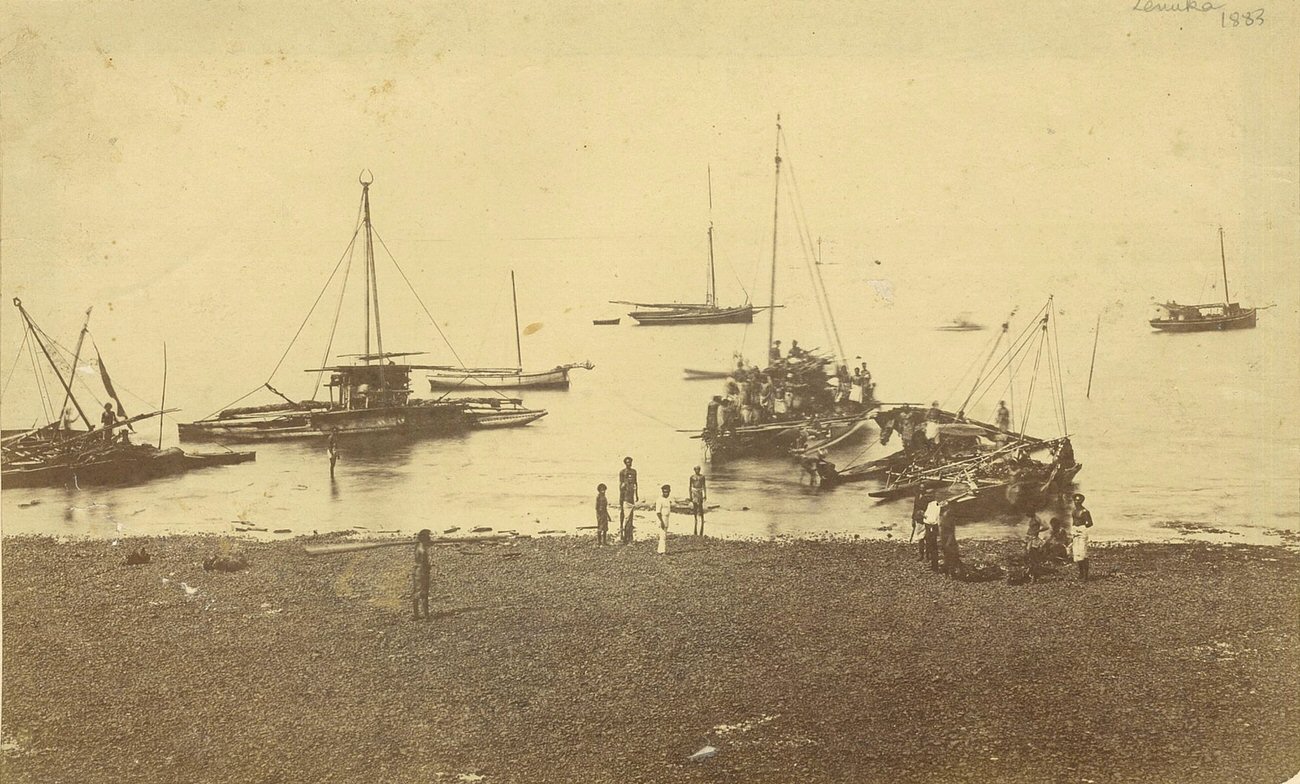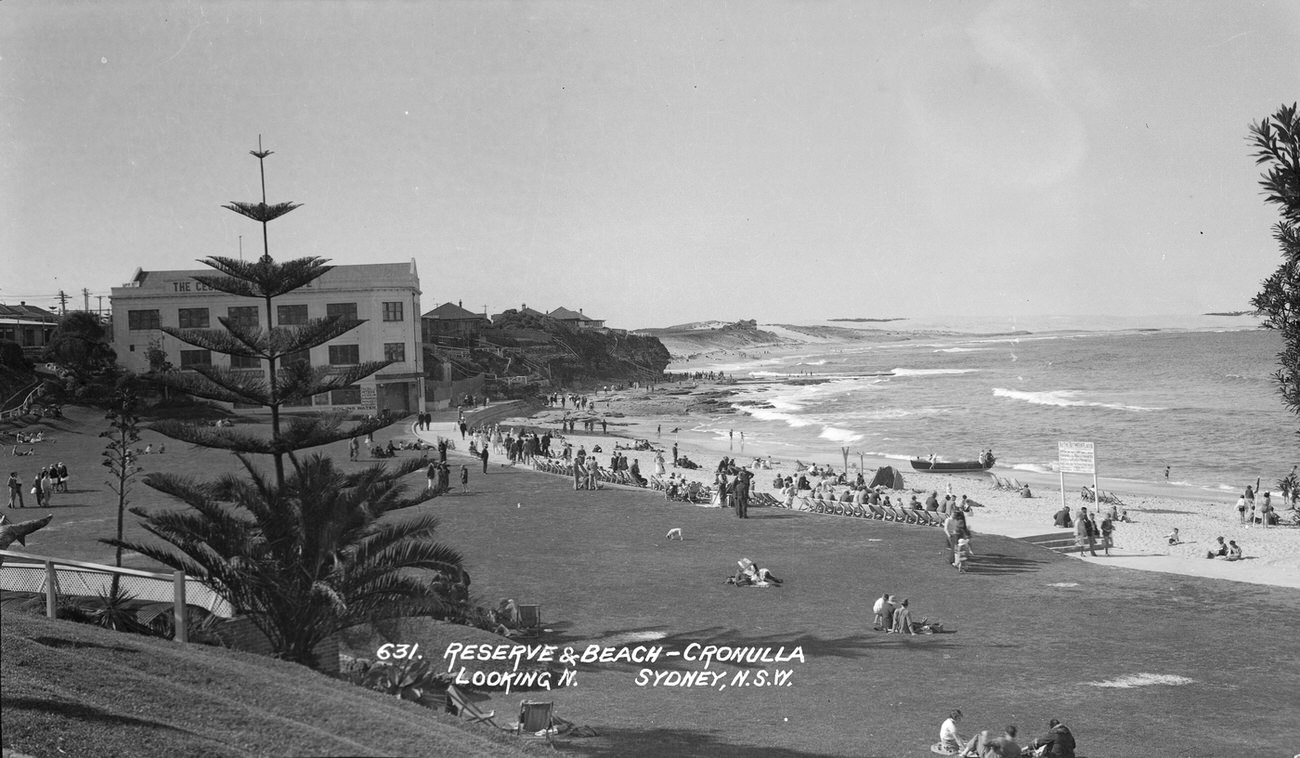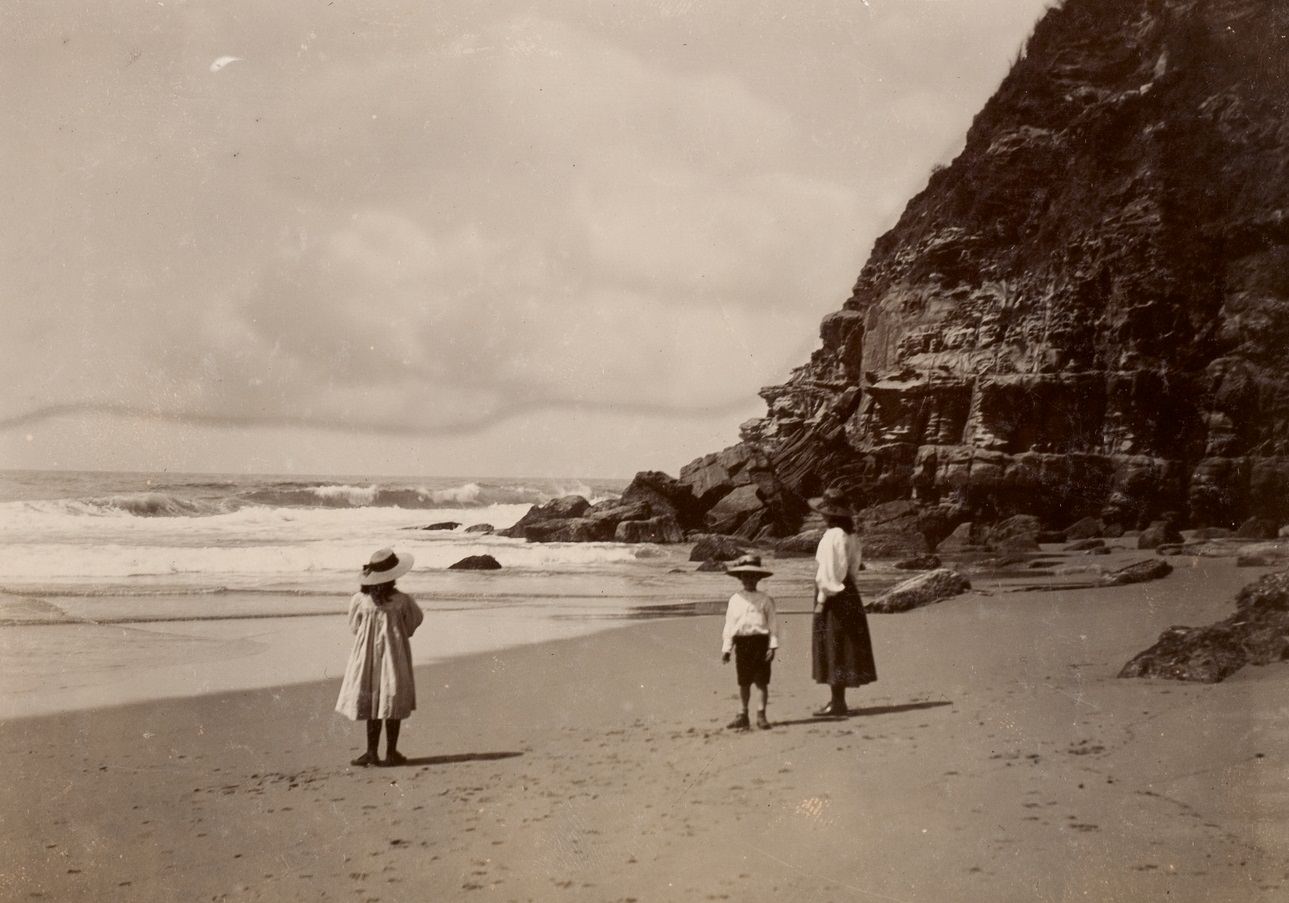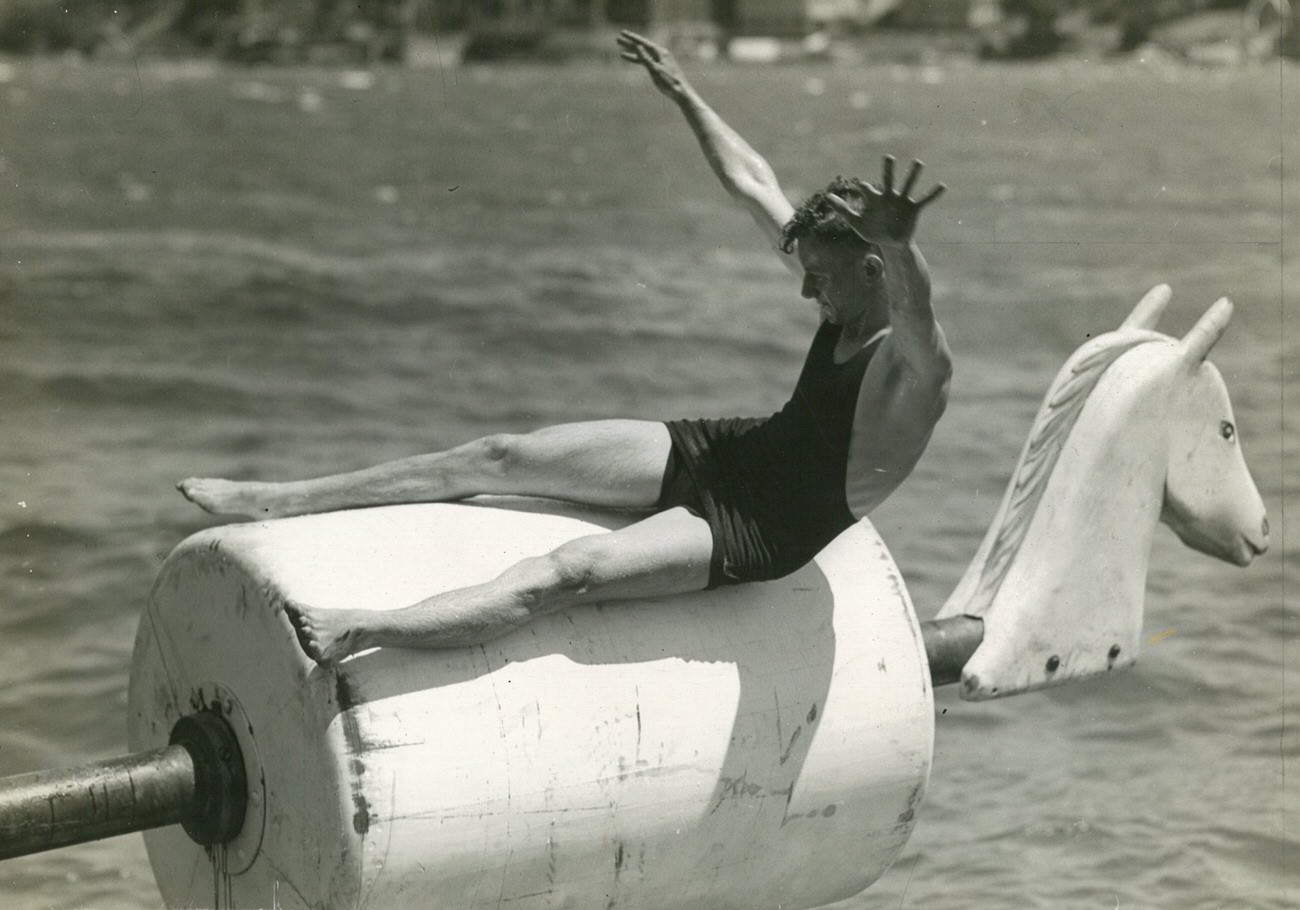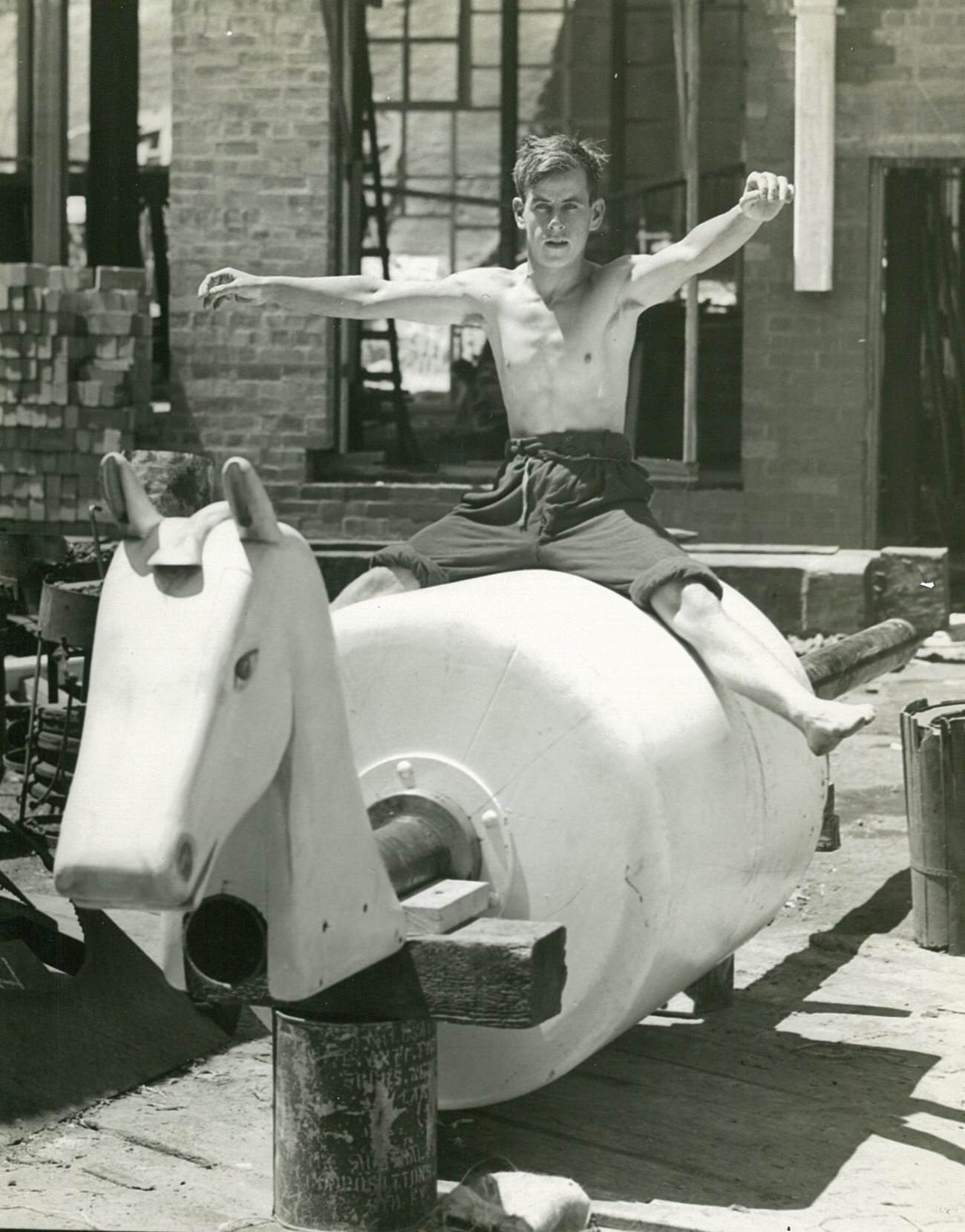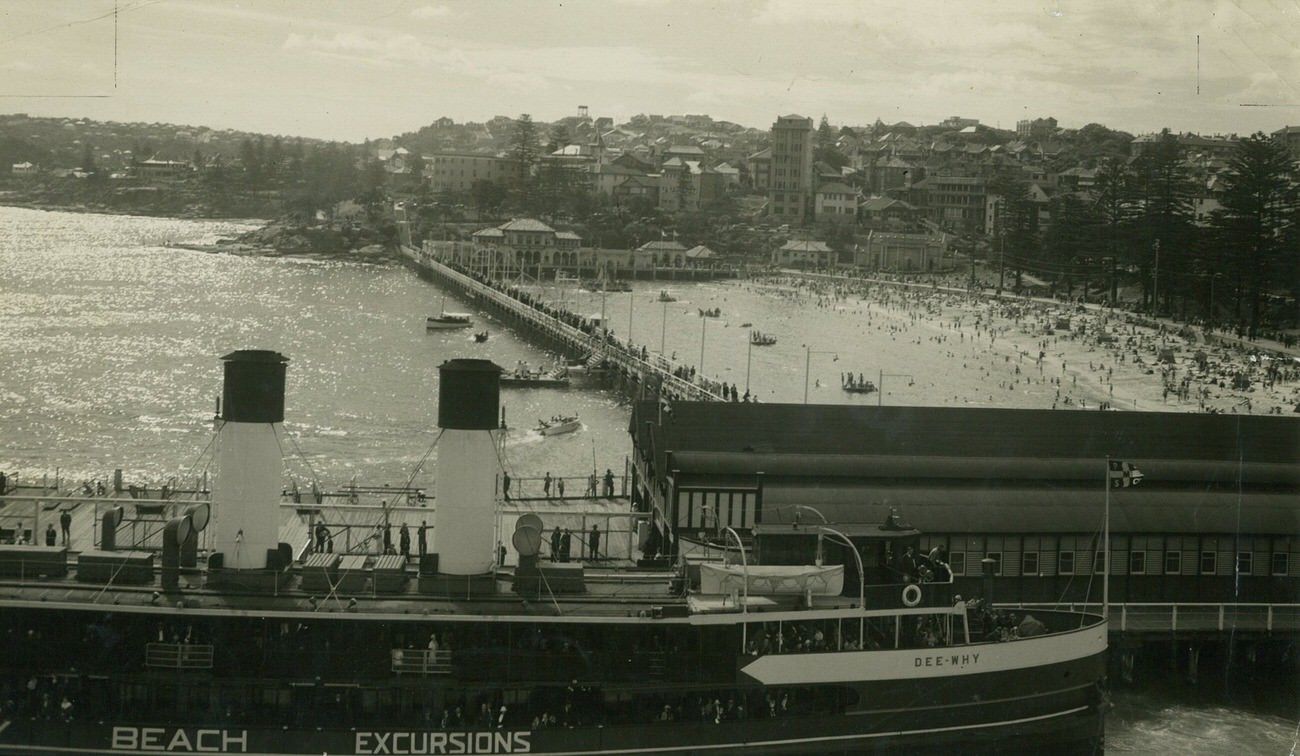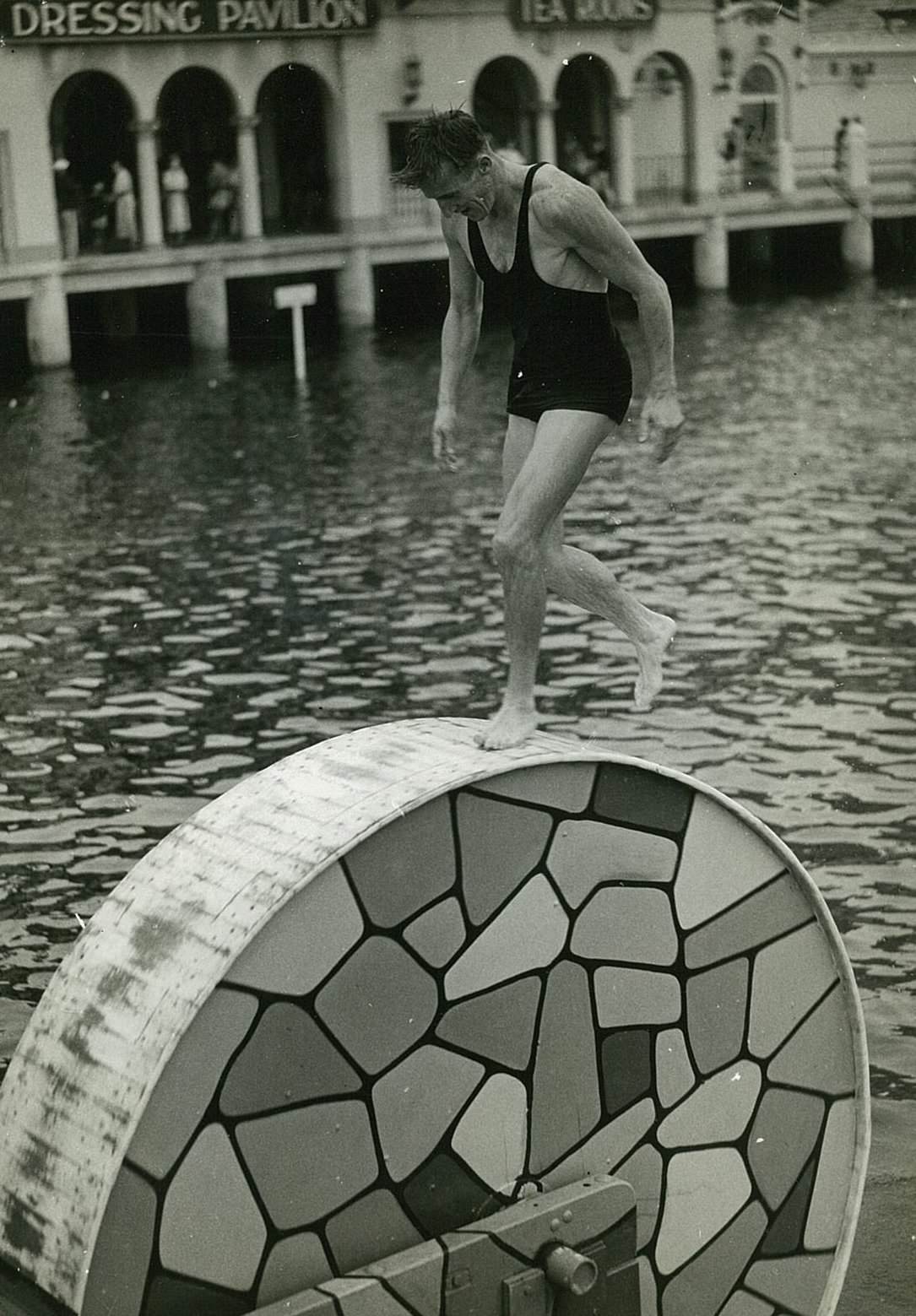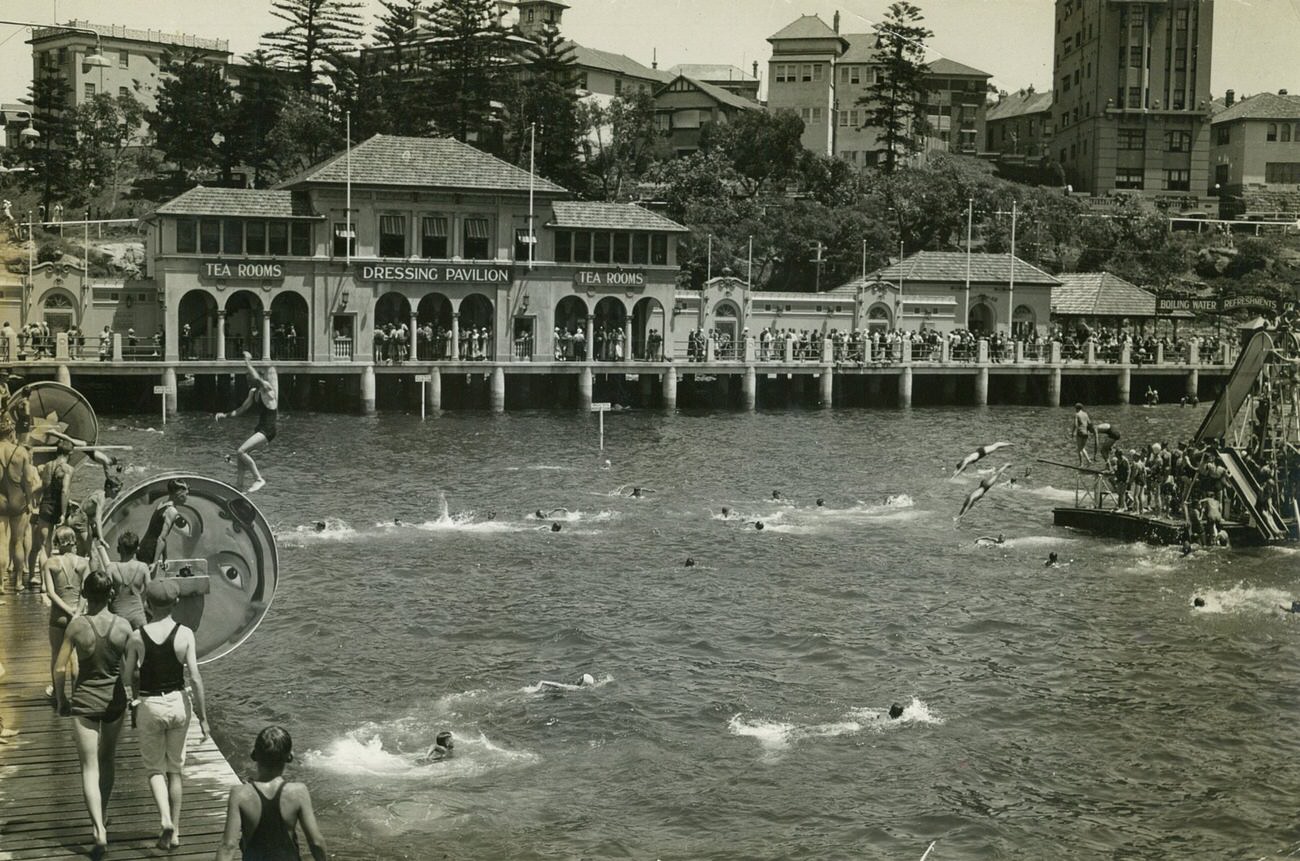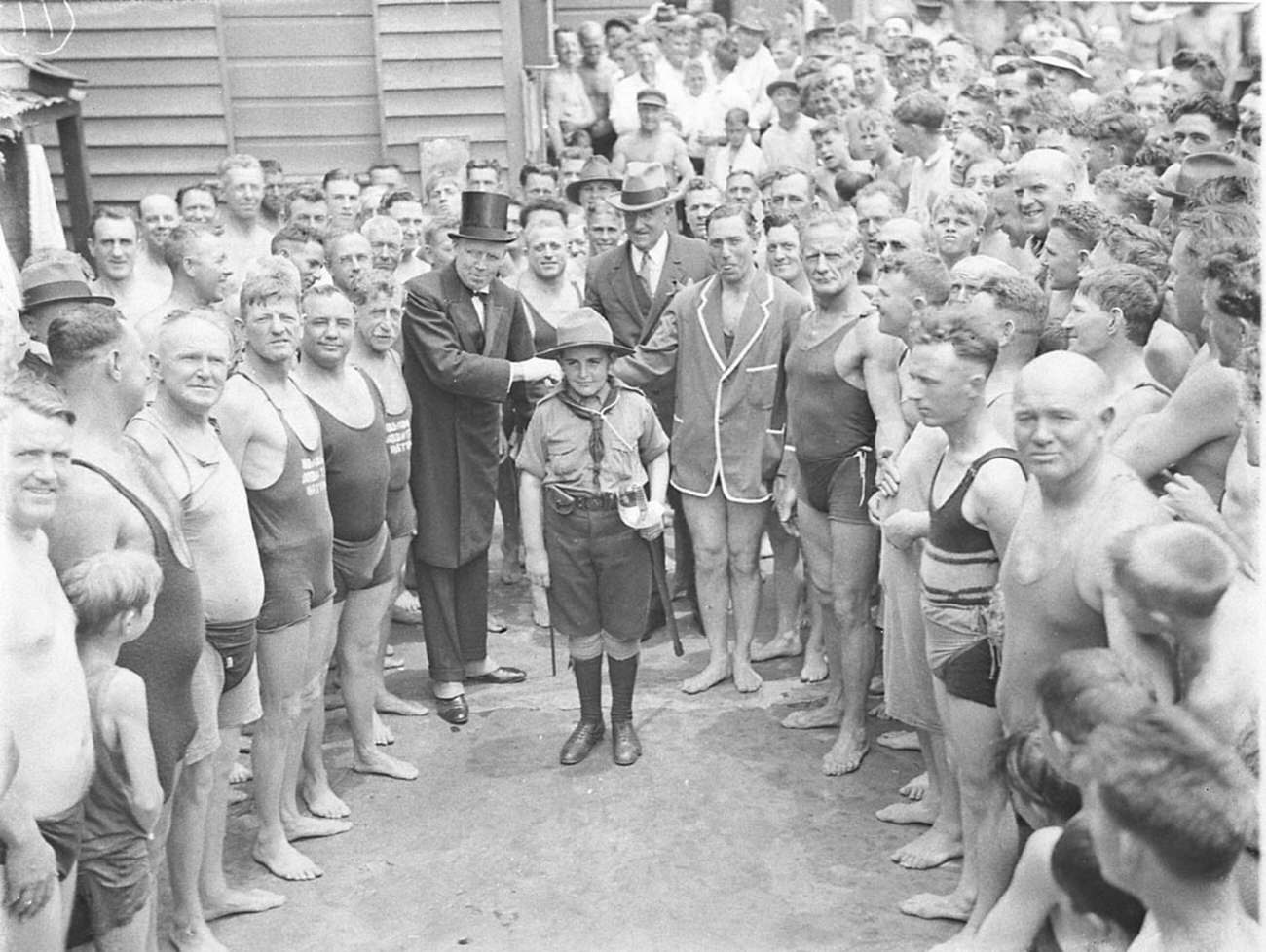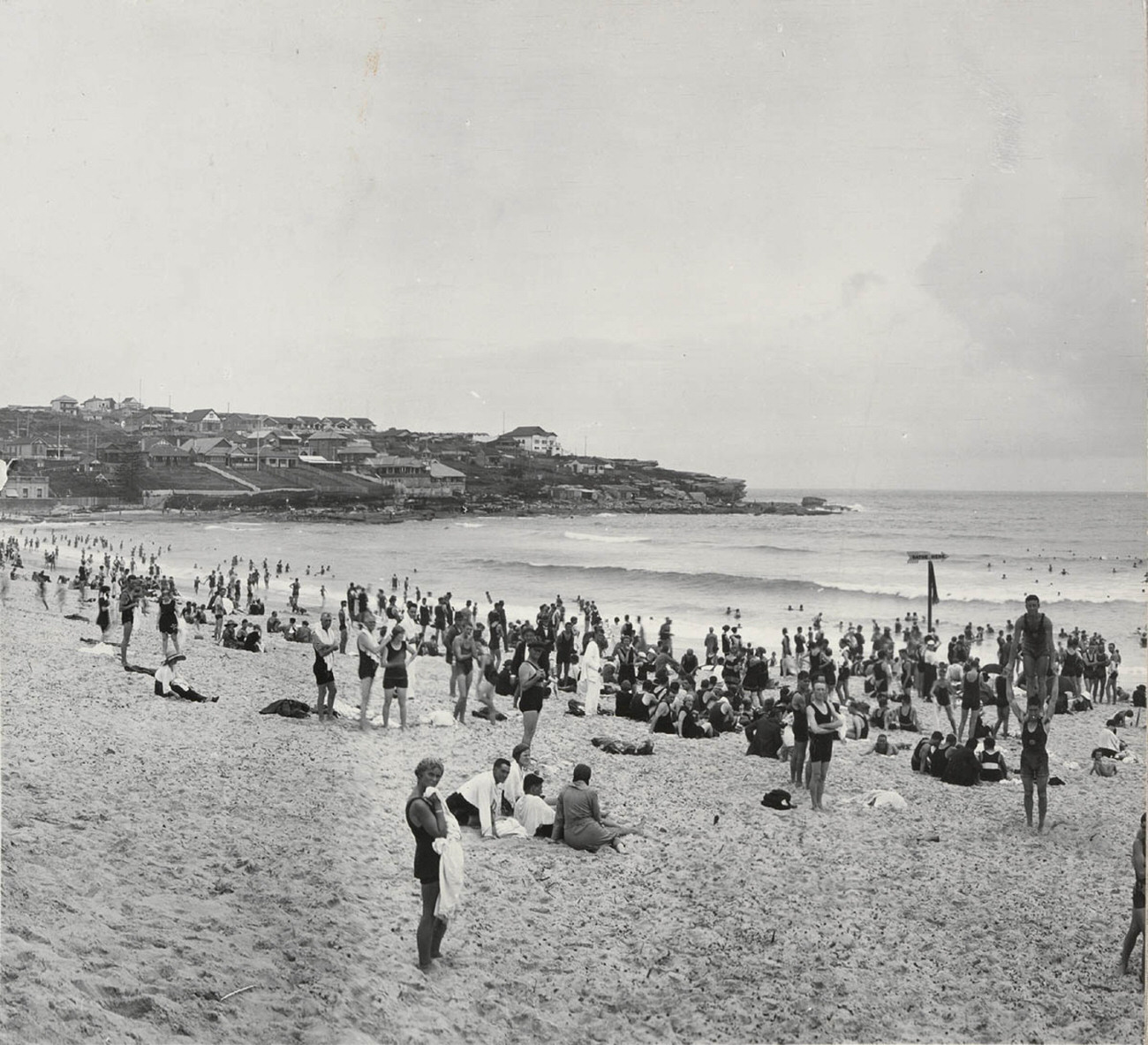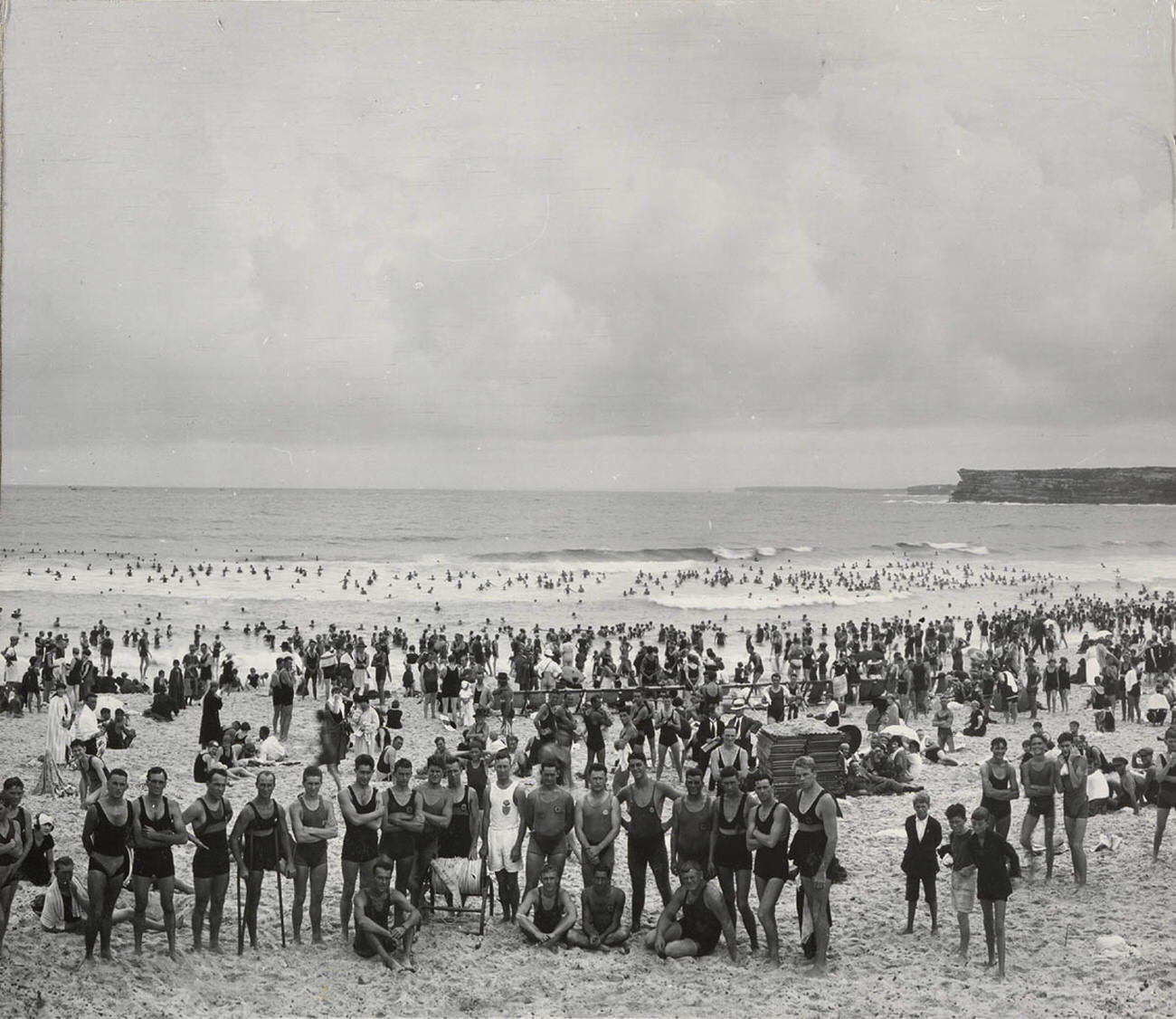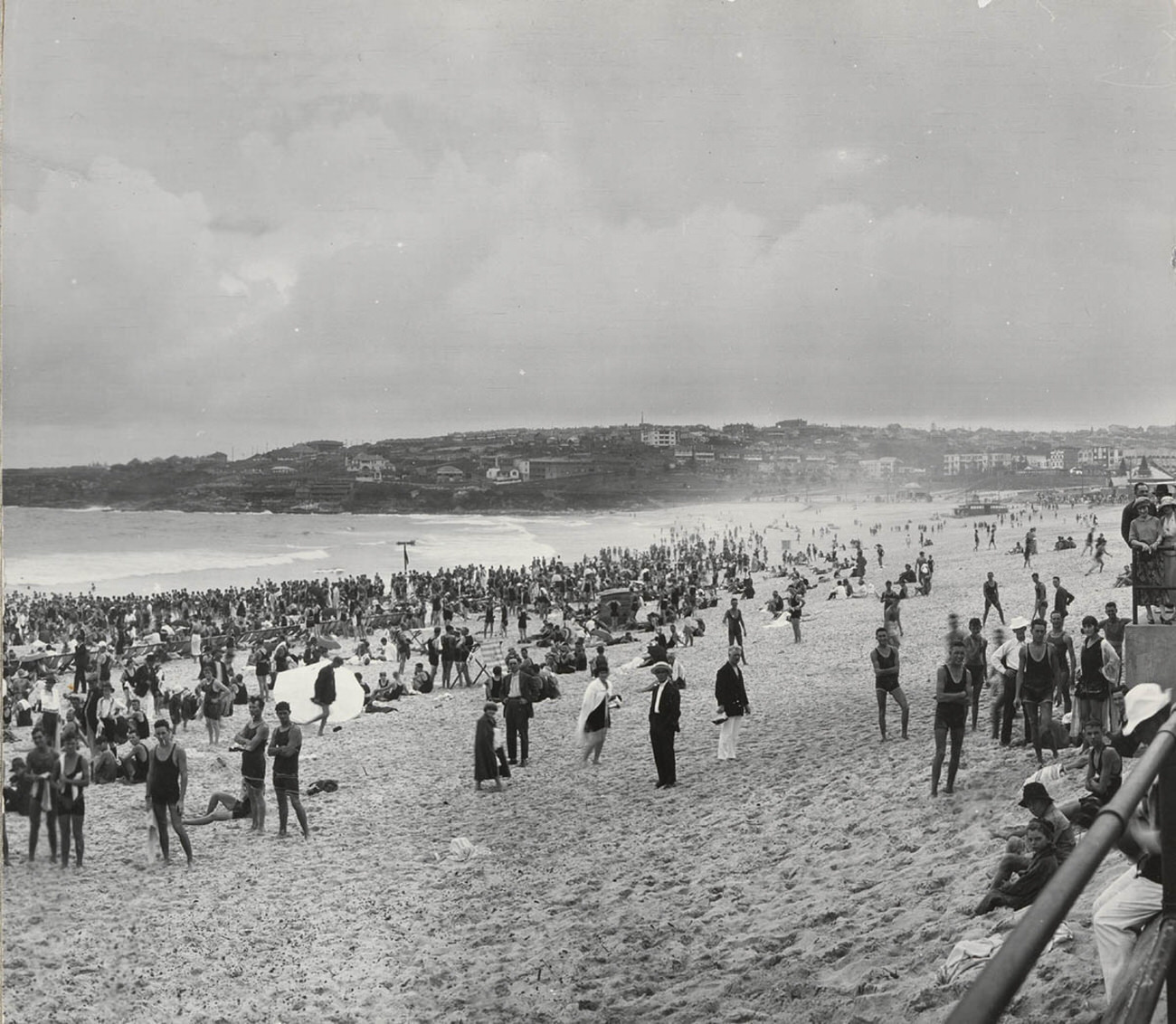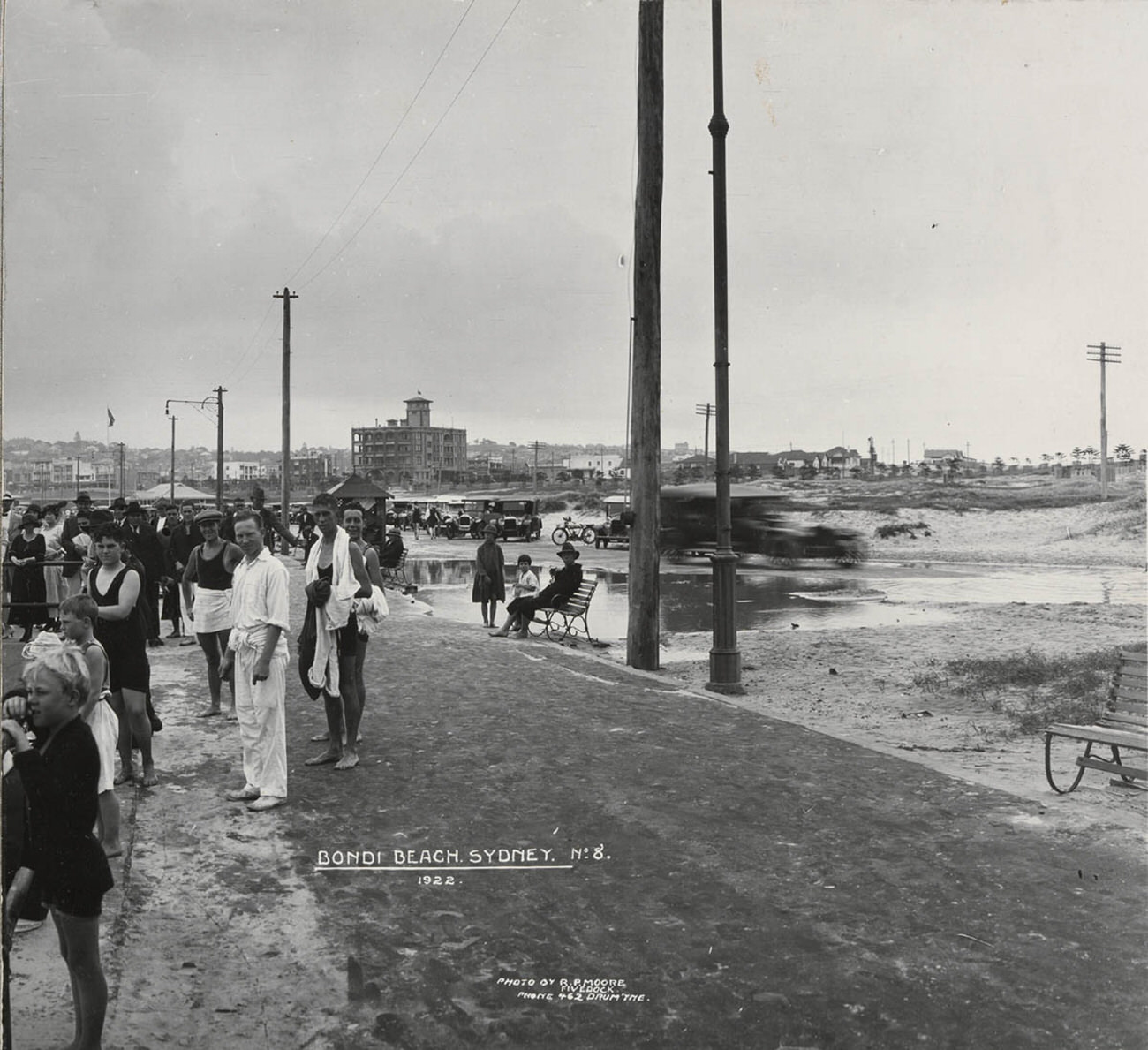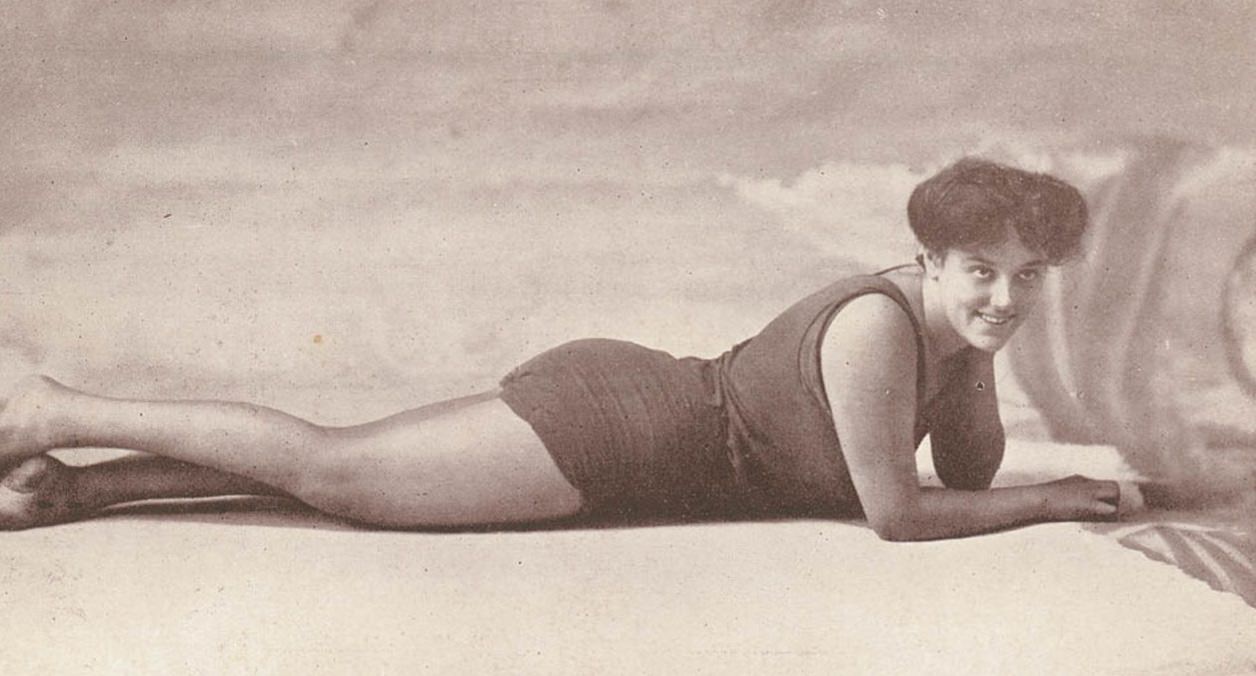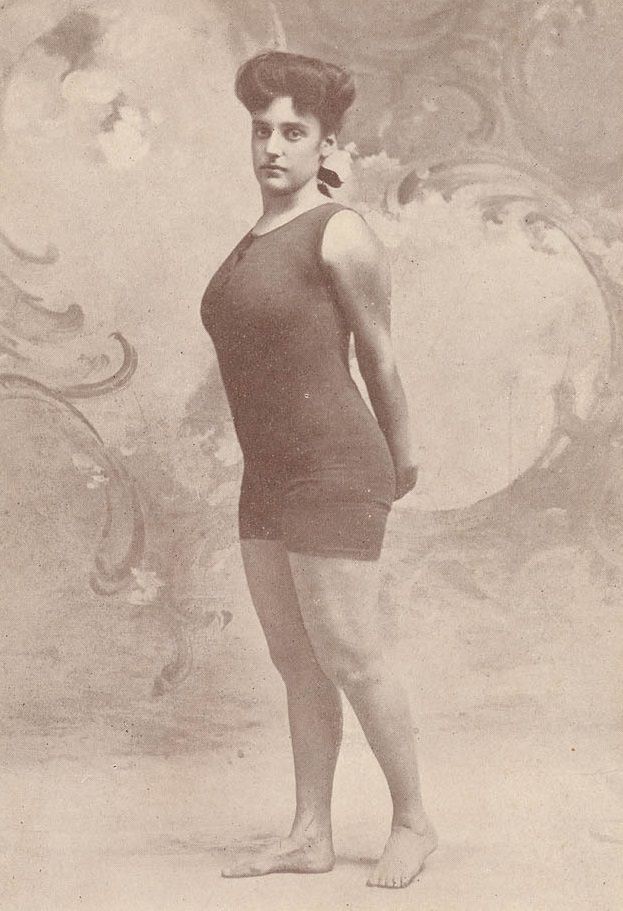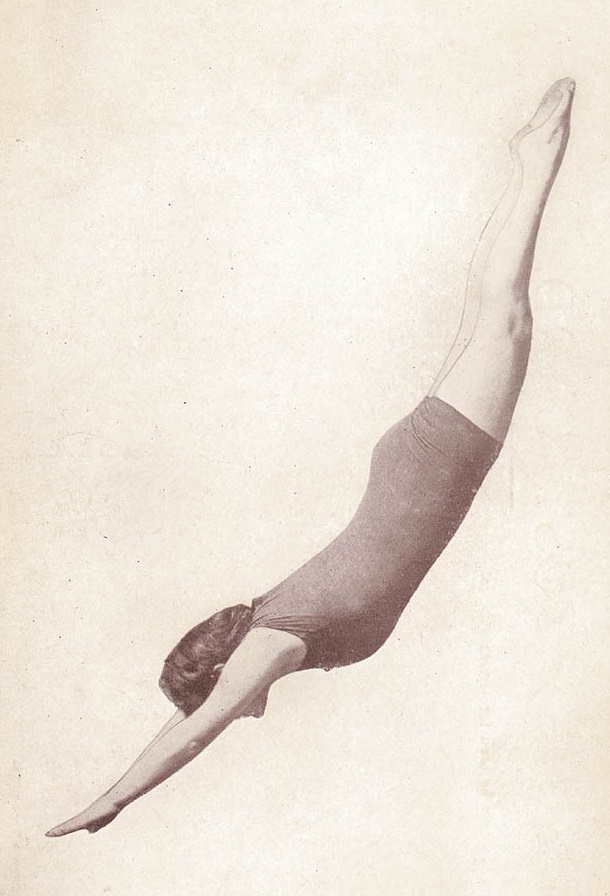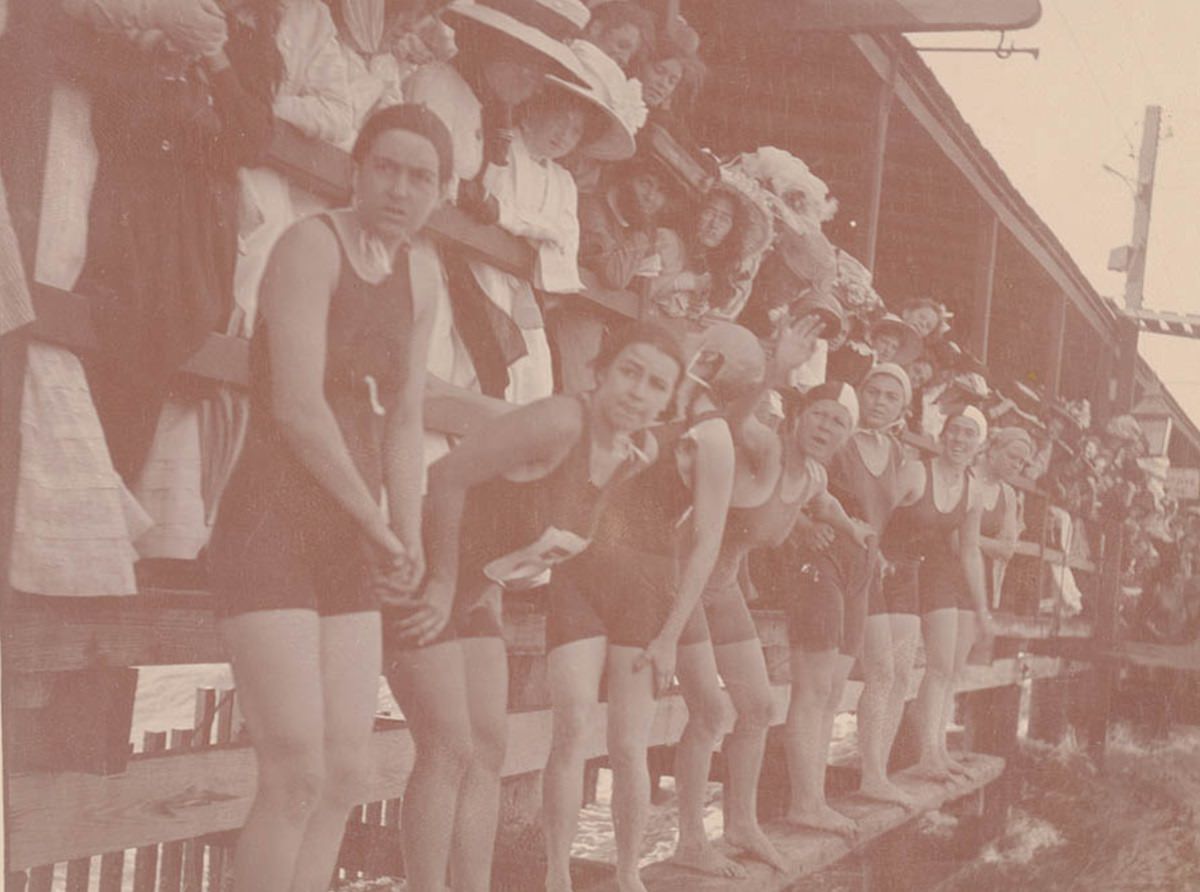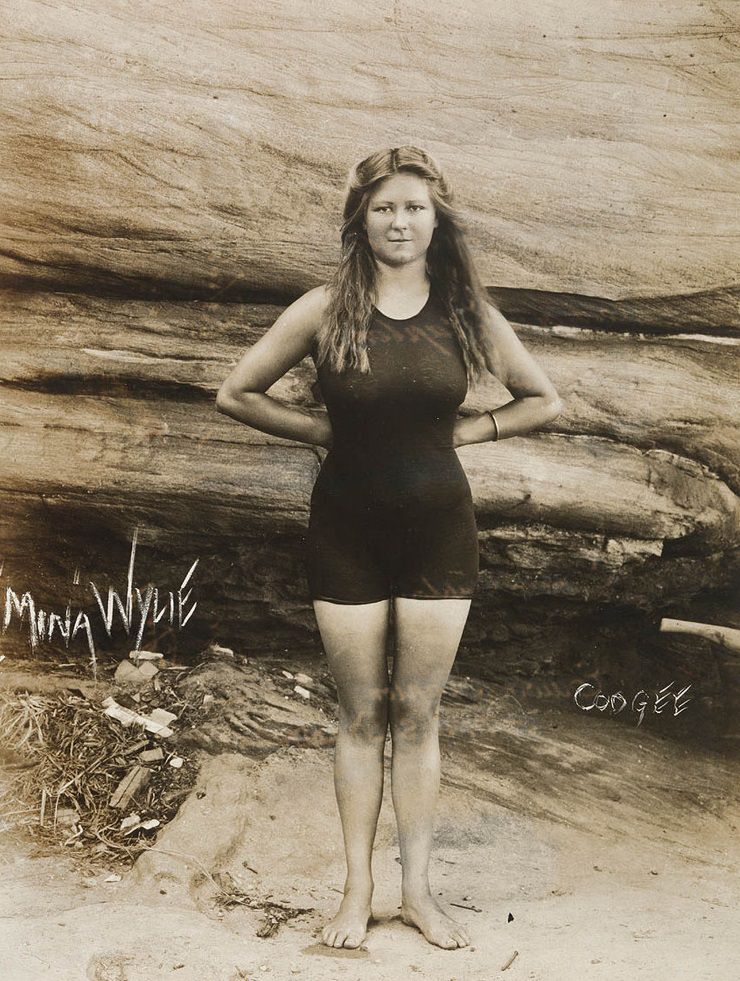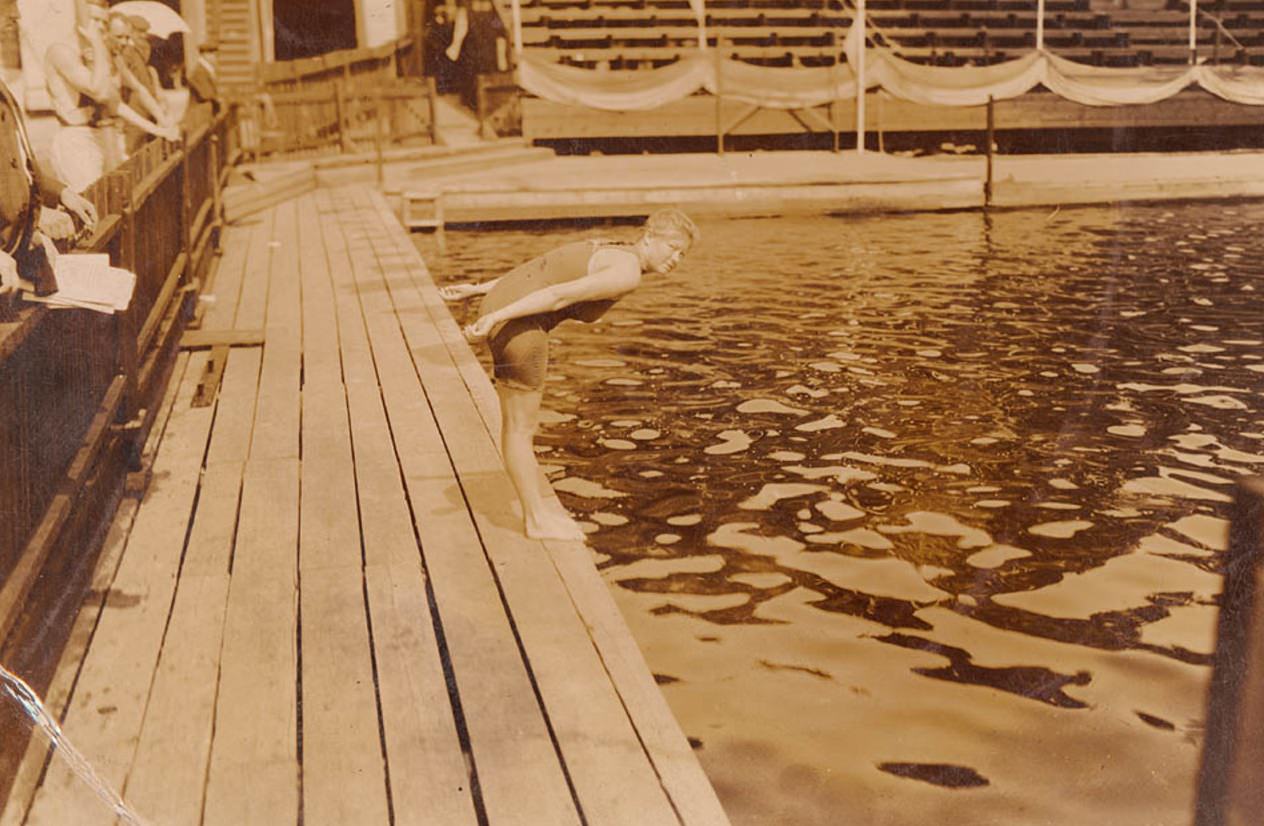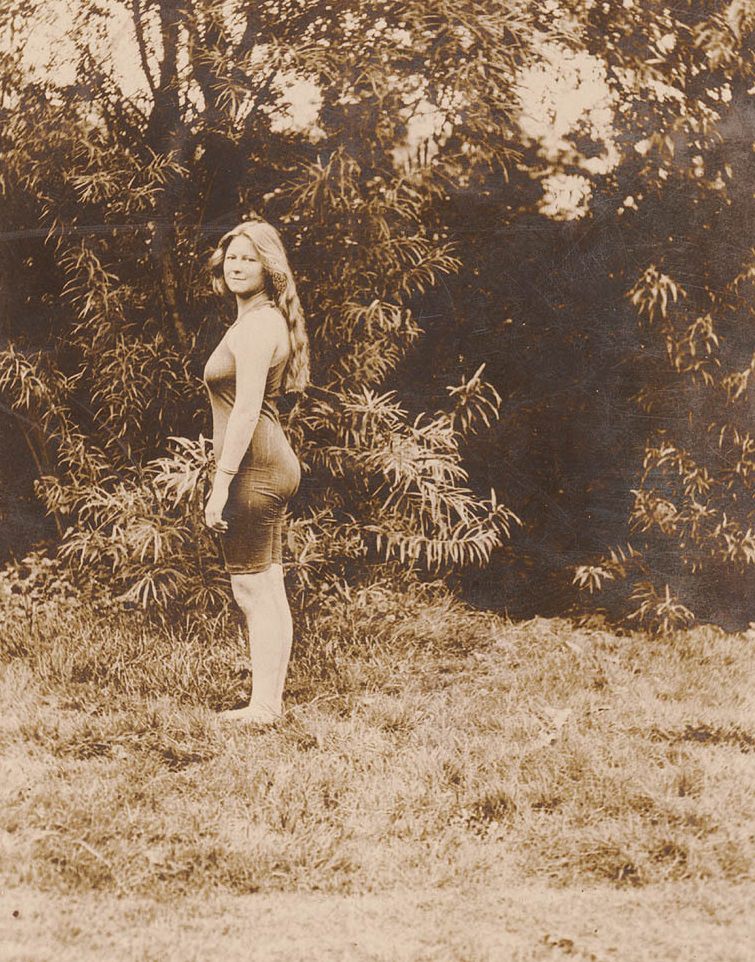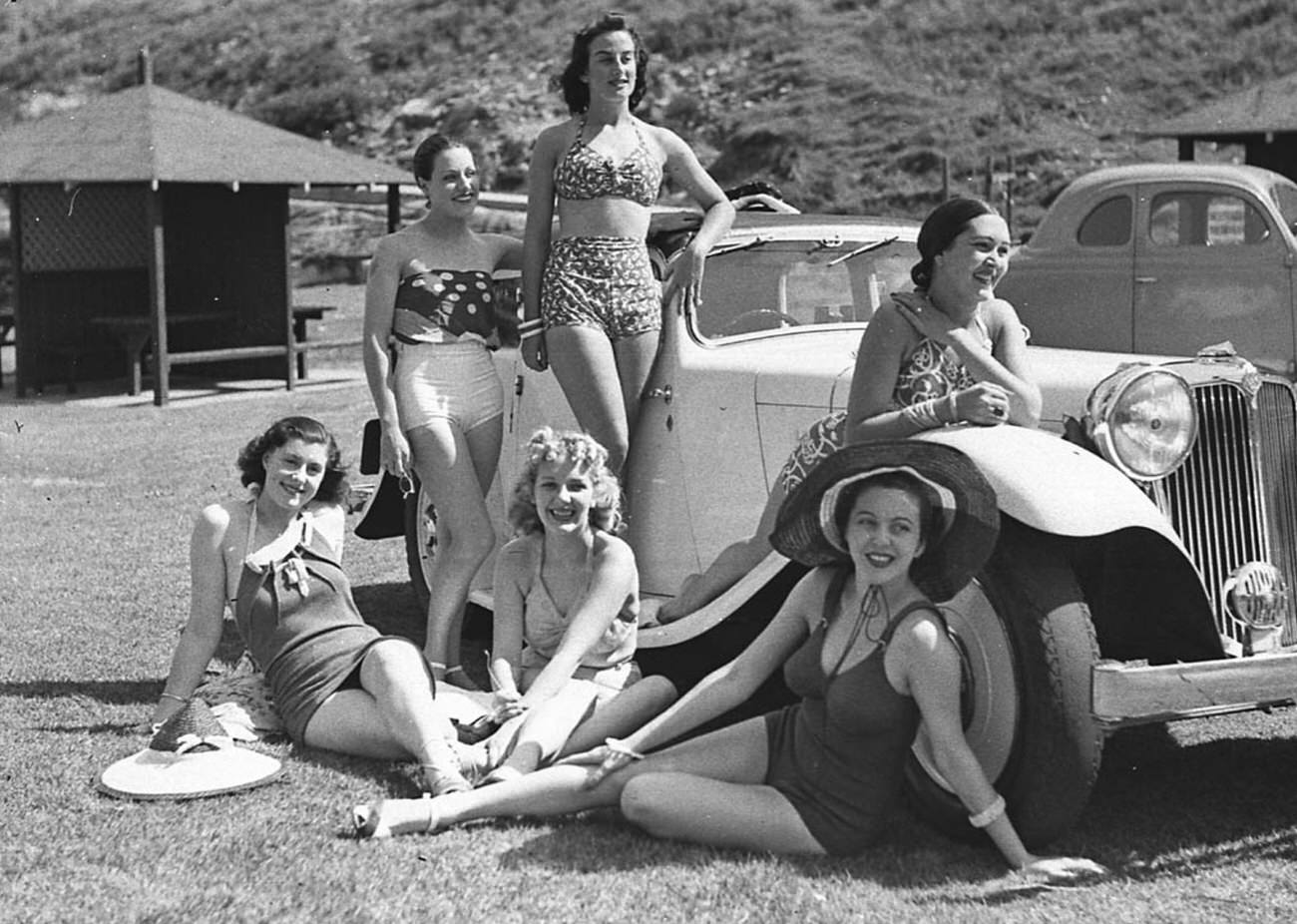Australia is famous for its beautiful beaches. Even in the early 1900s, the beach was a popular place to be. It was a place that was beloved by locals and visitors alike. However, beach culture was quite different back then.
A Day at the Beach
Getting to the beach could be an adventure in itself. Some people took special beach trains. Others might arrive by horse-drawn carriage. Some simply walked.
Once there, people didn’t just lie around and tan. Sunbathing wasn’t really popular yet. People were more active. They played games like cricket or beach tennis.
Swimming was popular, but it was more about getting wet than serious swimming. The ocean could be dangerous. Not everyone knew how to swim well. Lifeguards, as we know them today, were just starting to appear on some beaches. Their presence was becoming more and more common as time went on.
Modest Fashion
The beach fashion was very modest. Women wore full-body bathing costumes. These were often made of wool. They covered their arms and legs. They even wore stockings to the beach.
Read more
Men’s swimwear was also quite conservative. They wore one-piece suits that covered their chests and thighs. These old-fashioned swimsuits look very heavy and uncomfortable to us now. They do not appear very practical.
Changing Rooms
People didn’t change into their swimwear out in the open. Special changing boxes or tents were set up on the beach. These provided privacy. They were small and often made of wood or canvas.
These changing rooms were sometimes segregated. There were separate areas for men and women. Modesty was very important. Social norms were quite strict during this period.
Beach Activities
Besides swimming, people enjoyed other activities. Picnics were common. Families would bring baskets of food and enjoy a meal by the sea. They would often bring large blankets as well.
Children built sandcastles and played in the shallows. They didn’t have plastic buckets and spades like today. They might use shells or old tin cans to build with. They had to be resourceful.
Beach sports started to become popular. Early forms of surfing began to emerge. Beach volleyball was also played. People found many ways to enjoy their time by the sea. They were always finding new activities.
There were often strict rules about behavior at the beach. Local councils controlled the beaches. They made the rules. These rules could vary from place to place. Some rules seem very strange to us now.
For example, some beaches had rules about the length of swimwear. Others had rules about when you could swim. Some beaches even had separate hours for men and women to swim. These rules were enforced by beach inspectors. The inspectors patrolled the beaches. They made sure everyone was following the regulations.


